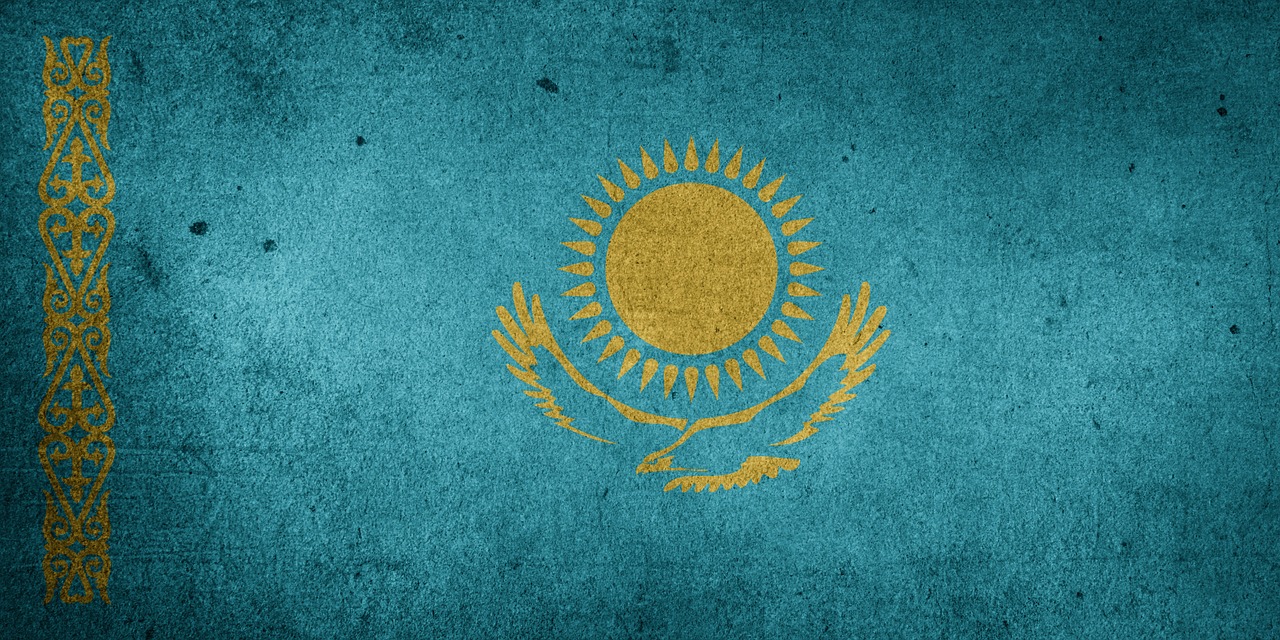
International Institute for Middle East and Balkan Studies (IFIMES)[1] from Ljubljana, Slovenia, regularly analyses developments in the Middle East, Balkans and also around the world. Konstantin Sergeevich Strigunov, leading analyst of the Association of Information Operations Specialists (ANO), political expert and Andrey Viktorovich Manoilo, Doctor of Political Sciences, Leading Researcher of the Department of Europe and America of the Institute of Scientific Information for Social Sciences of the Russian Academy of Science prepared the analysis about the current situation in Kazakhstan entitled “Color revolution in Kazakhstan 2022”.
Color revolution in Kazakhstan 2022
Events of the first decade of new 2022 year in Kazakhstan clearly showed not only that the power of systemic social and political destabilizing has not extinguished yet, but also that such destructive processes got new features tailored to the country, where they have been launched. It should be noted that the insurrection in Kazakhstan was triggered, like in some countries before, by actions of the public authorities, which doubled the prices for gas being a popular fuel in Kazakhstan, that served both as lighter and detonator for the future bloody bacchanalia.
The organized nature of the gangs’ assaults, which are still interpreted as “civilian riot” by some poor excuses for observer and analyst, was shown pretty clear. Indeed, it is fair to say that the people’s anger, which is righteous at the background of sudden worsening of their condition due to the authorities’ actions, was also present. However, which is not rare, expressly anti-state forces hid behind the people’s honest indignation. They started to manifest themselves from the very first days of protests, targeting the law enforcement authorities, National Guard, National Security Committee of the Republic of Kazakhstan for their assaults. They also seized, robbed and set on fire buildings of akimats (city administrations). The insurgency started in town Zhanaozen, but then spilled over some other cities, such as Aktau, Aktobe, Almaty, Karaganda, Kokshetau, Nur-Sultan, Uralsk, Shymkent. Like a hurricane, the unrest transformed into mass civil disorders, acts of violence involving murders of policemen, property abuse and looting.
Almost from the very beginning, the rioters proclaimed such political slogans as resignation of the President of Kazakhstan Kassym-Jomart Tokayev, resignation of the cabinet etc. Despite the authorities agreed to several relaxations, as e.g., reduction of price for gas in Mangistau region to 50 tenge and resignation of the cabinet (on January 5), none of them had any impact to already actively spread unrest, which had clearly grown to riot. A state of emergency was enacted, first in several regions and then on a country scale, on the same day. However, the violence did not stop and its scope was so pronounced and severe that the law enforcers and even army were not able to efficiently counteract the gangs and violence distribution.
Manifestation of people’s anger
At first sight (even in the very beginning of the situation only), indeed, it could appear that everything that was going on was just a manifestation of the people’s anger taken to the extremes by their desperation. Despite that was also present, as discussed above. Review of the events identifies pretty clear the peculiar features of control over the violent processes in the Republic of Kazakhstan. This way, the insurgents seized building of the National Security Committee in Almaty and emptied the armoires. Those were law enforcement and local authorities that were assaulted. There are videos showing distribution of weapons to the gangs right in the centre of the city, in order to use the same against the authorities and law enforcers. Information about two policemen found with their heads cut appeared.
The President of the Republic of Kazakhstan Tokayev said in one of his speeches that 20 thousand gangsters operated in Almaty only. Some analysts believed that such number is somehow overstated, but it does not appear to be unplausible, when speaking about all criminals participating in the riot, not just about the core of the same. It is clear that the core of the riot was smaller, but it acted as an organizing base in this case. It is important now to understand how it turned out that such massive assault was missed. Was that just negligence or treason? What was the core of the riot, who was a part of it and who guided the core? In order to treat the matter in a comprehensive manner, we need to make a brief introduction, as to enable to have a complex outlook of the matter.
Due to its historical, social and cultural features, Kazakhstan is a specific state, where the tribalism is present, i.e., when the politico-social structure is based on the tribal community. There are the so called zhuses in Kazakhstan, which essentially represent the tribal unions on the specific territories. Therewith, the more far located from the cities, i.e., in some far rural regions, the more important role is played by these tribal and unofficial relations than the state laws. In general, the most part of residents of such regions gives a priority to tribal and clannish unions over the state. It should be noted that pejorative word “mambet” (and a number of some other words that we shall not mention) is used to denote a resident of rural area, which means an undereducated, ill-mannered and unruly man (i.e., scum). Such environment with population lacking education, but having strong clannish and tribal ties, living under hard social and economic conditions, often shows enhancement of criminal relations. As a matter of fact, the organized crime became some kind of compensation mechanism, where the state authority got weak or it is missing, in full or in part. Preparation to a riot seems to be a well possible task for such depressive regions, whereas intelligence work is more difficult (while not impossible) there and requires substantial resources. Remarkably, such communities already have ready organizational structures of at least lower level, which are covered by criminality due to local rules, belonging to some ethnic (tribe) etc. This point is of special importance for us.
We believe that the events of Kazakhstan are likely to be a consequence of enormous fail of the security services and law enforcement authorities. Considering that the most severe fights with the authorities take place in such cities as Kyzylorda, Almaty, Taldykorgan (where the anti-terror operation is being implemented) and Shymkent and Taraz, various questions arise. By way of example, these cities are located near the border with Kyrgyzstan and Uzbekistan, where the border control is rather difficult. It’s no wonder: border length between Kyrgyzstan and Kazakhstan is 1,212 km, and 2,351 km between Uzbekistan and Kazakhstan. Total – 3,563 km. Considering that total number of Military Forces of Kazakhstan, its National Guard and other military units is about 100 to 120 thousand people (with total population of a bit more than 19 million living in the country with an area of 2.7 million square kilometres), it can be concluded that the borders are quite sparse and various instigators, including criminals, can penetrate to the Republic of Kazakhstan through them. The presence of the latter is indirectly evidenced by messages about repatriates from Kyrgyzstan and Uzbekistan among the rioters.
In fact, it will not be a problem for transnational crime to establish itself in the Republic of Kazakhstan by interaction with local criminals, whose representatives impose tribute on entrepreneurs, shops, and markets. Criminal authorities also participated in the riots themselves, like Arman “Wild” Dzhumageldiev (he was recently arrested), who was known for his connections with Turkish mafiosi, such as Sedat Perker, who had close ties to the Turkish intelligence service MIT. There is evidence of close contacts of Arman the “Wild” with the criminal authorities of Kazakhstan, Uzbekistan, Kyrgyzstan, and Azerbaijan (in particular, code-bound criminal Nadir “Loto Guli” Salifov). It is known that Mr. Dzhumageldiev tried to legalize himself in politics. By the way, he was behind the Russophobic “language patrols” in Kazakhstan. In fact, this representative of the criminal world is embedded into the pan-Turkic project, the centre of which is Turkey. It is known that the Turks actively use illegal methods and means in parallel with spreading of their influence through the Turkish armed forces, instructors, sale of military equipment (assault and reconnaissance UAVs, etc.), creation of NGOs and NCOs, “cultural centres”. In particular, they do it by supporting the Muslim Brotherhood terrorist organization, banned in Russia, by using terrorist proxy groups in Syria, Libya, etc., together with the SADAT private military company. With that, another specific and unadvertised part of the Turkish expansion is the use of crime which actively interacts with criminals in other Turkic-speaking states (Azerbaijan, Kazakhstan, Uzbekistan, Kyrgyzstan) and not only in them. This solves several problems at once.
Firstly, management of criminal flows is intercepted, in particular, regarding drugs, which, as you know, also go through the Central Asian region to Turkey, and then get to Europe, which is one of the largest markets in the world, through the Balkans.
Secondly, informal, but very important connections and influence in Turkic-speaking countries are established and strengthened. In fact, the increase in influence on crime in certain regions can exceed the influence that local governments have.
Thirdly, it becomes potentially possible to create sleeper cells through agents embedded in criminal structures, which can be reactivated at the right moment to destabilize the socio-political situation in a certain country.
Fourthly, criminal elements are integrated into local ethnic (tribal) groups (unions), which means that they receive ready-made grassroots organizations, to a certain extent, that can be used for a rebellion subject to an agreement with local elders and “authorities”, who will receive their share if the “event” succeeds.
Fifthly, outright extremists and terrorists including those returning from conflict zones can be introduced under the guise of criminal elements (it should be noted that it was the Turks who took part in the Syrian war providing logistical, informational, and resource support to the Kazakh militants, and Turkey itself was a refuge for them).
Sixthly, presence of regions and social (ethnic and tribal) strata that are difficult or impossible to control for the authorities of the country creates significant opportunities for those officials and representatives of individual clans who have lost the apparatus struggle and have been thrown out of power structures, which means they have been deprived of their powers and moved away from social and material benefits that gave them the high official status formerly.
That last point should be considered in more detail. Considering the scale, level of coordination, and fierceness of the rebellion, its extremely high dynamics (in fact, the rebellion in Kazakhstan overcame the path that the “Maidan” in Ukraine went in a few weeks in three days), there were more than weighty suspicions that what was happening in Kazakhstan was not only a colossal failure in terms of its scale, but also a betrayal of persons from among the leadership of the state, secret services, and law enforcement agencies. Then the high efficiency of the rebels’ actions becomes understandable. It also becomes clear why the Almaty NSC administration building was surrendered almost without a fight. This is also indicated by the message of January 8, according to which the former head of the NSC of the Republic of Kazakhstan Karim Masimov, who is suspected of treason, has been detained. It is worth noting that the clans in power also took advantage of the situation in the nomenclature struggle with each other. Presumably, the clan associated with Elbasy Nursultan Nazarbayev will be pressed out as a result of the rebellion suppression.
The picture of the situation
Thus, the following situation emerges. With a high degree of probability, the core of the rebels were trained provocateurs from among criminal structures, former or current secret services, and radicals (it should be noted that some of them were likely to be of exogenous origin, as Mr. Tokayev stated). A significant part of the “mambet” rioters turned to robbery, looting, and murders, which added to the confusion. At the same time, it is important to note the fact that, at a certain stage, network resources controlled by the West joined coordination of the rioters, like the notorious Nexta, the telegram channel controlled by Polish secret services, which coordinated the unrest in Belarus during the so-called “Belomaidan” in August to September 2020. This channel is still active. In addition to Nexta, social networks, such as Twitter and Reddit, were also “marked”, where an entire campaign was unleashed to discredit the presence of the CSTO troops in Kazakhstan.
There were also odious characters, such as, for example, Mukhtar Ablyazov, who actively campaigned against the authorities of Kazakhstan and took the side of the “protesters” from Kiev. Besides, it would be expedient to say about the alleged participation of the UK in these processes, which almost manages Turkey’s foreign policy according to a number of analysts. Since there is less and less doubt about the presence of the Turkish trace in the rebellion in Kazakhstan, then, following their logic, London should also be behind this. In reality, everything is naturally much more complicated and it is wrong to consider Turkey a kind of a British puppet. Yes, of course, there is the influence of London, but the Turks themselves are largely subjects, although they do not act without looking to the West. However, their resources and political will, as well as their unique geopolitical position, make it possible to play an independent game. Ankara is well aware that the West is unlikely to harm Turkey, which is part of the NATO, since a strike against it will automatically strike at the alliance itself, and also because neo-Ottoman pan-Turkism under Erdogan fits well into the strategy of the West to constrain Russia and China.
It should also be noted that Kazakhstan is an important country both for Russia, since the two countries have historical, cultural (to a certain extent), political, military, and economic ties, and for China, since one of the routes of its global project “One Belt, One Road”, a giant transcontinental infrastructure and logical network launched by Xi Jinping in 2013, passes through the Republic of Kazakhstan. By the way, he announced its creation exactly in Kazakhstan in 2013. Therefore, destabilization of the Republic of Kazakhstan affects both Russia, reducing its influence on the post-Soviet periphery, and China, since it is potentially capable of hindering the implementation of the Chinese mega-project in the Kazakh territory. A ricochet blow can also hit Iran, which also participates in this project logistically connected with the Central Asian region.
In connection with the foregoing, it should be noted that the decision to bring in the CSTO contingent was inevitable, since almost the only way out in the conditions of a combined attack on Kazakhstan from outside and inside was contacting that particular military organization. Nevertheless, bringing in the peacekeeping contingent of about 5 to 7 thousand people (3/4 consisting of the Russian military forces) is fraught with certain risks. Let us mention them:
- external and, apparently, internal forces will use the fact of deployment of the CSTO troops to stabilize the situation in Kazakhstan for anti-Russian purposes (a massive stream of fakes about Russia’s “occupation” of Kazakhstan is already being observed);
- there are risks when the blame for suppressing the internal conflict between the elites and the people can be laid by this very people on external “interventions” (that is, not instigators from clans and criminals are to blame for ethnic violence and human casualties, but the troops of the “new Warsaw Pact” that repeat the “Prague Spring” in Kazakhstan);
- in the long term, external actors may try to create several zones of instability, including those in the countries of Central Asia (Kyrgyzstan, Tajikistan, Uzbekistan), as well as to repeat the Belarusian scenario of 2020 taking into consideration the failure of the year before last;
- there is a possibility that this way (through activation of several crisis situations along the perimeter of Russia at once) they will try to create the effect of an overstrain of Moscow’s resources, and try to deprive it of manoeuvre at the same time;
- it is possible to activate destabilization processes inside Russia in synchronization with external crises to create a destructive synergistic effect.
Further, we note the following specific features of the coup attempt in Kazakhstan:
- a pronounced factor of crime in the actions of the rebels;
- merging of organizational structures in tribal alliances with local crime and transnational crime, which, in conjunction with foreign secret services and, presumably, renegades from among local secret services and officials, managed to create stable intelligence and combat networks;
- the factor of transnational crime has become one of the key ones in establishing channels of communication between apostates from among state officials and secret services of the Republic of Kazakhstan with foreign secret services;
- to a certain extent, the use of the “DDoS revolution” technology described by the authors back in 2019 was observed in Kazakhstan. Its essence is in the following. We noted that “the danger is that such processes [protests and riots – author’s note] can pass at approximately the same time, but in spatially separated areas. In this case, it is much more difficult to adequately respond to them. In small states, the transfer and concentration of the required number of security forces at a specific location in the shortest possible time is much easier because of short distances. However, in states with a fairly large territory, such as China or Russia, resource manoeuvring becomes more difficult due to significant distances between cities […] Consequences of such delay can be devastating. Thus, there is a superposition of instabilities: with an increase in the number of cities engulfed in unrest, there will be an exhaustion of the authorities’ ability to control the situation. As a consequence of this, as the environment continues to deteriorate, the authorities’ resources will continue to dwindle rapidly, and their ability to stabilize the situation will be drastically declined. As a result, a self-sustaining deregulation regime will arise with arising of a negative synergistic effect[2]. Apparently, this effect manifested itself to some extent in the events in Kazakhstan (due to the area of the Republic of Kazakhstan). The threat of such technology is of particular significance for Russia given its size.
At the same time, the situation in Kazakhstan revealed a number of the following positive aspects:
- a precedent arose for using the CSTO military force to suppress color coups attempts, which can be used in the future if, with competent actions by Russia and the CSTO, it does not cause rejection, but, on the contrary, becomes associated with stabilization;
- the CSTO has had a chance to actually show its usefulness, since there have been more and more talks about the fact that this organization is incapacitated in the recent years, which is not at all the case, as the events in Kazakhstan have demonstrated;
- it became possible to advertise the actions of the CSTO peacekeeping contingent in the most positive aspect, subject to competent actions in the political and diplomatic line and in the information and psychological sphere;
- stabilization of the situation in Kazakhstan with the participation of the CSTO will stabilize the entire Central Asian region and the entire post-Soviet territory (CIS).
A powerful factor in the events in Kazakhstan was operations in the information and psychological sphere, to a certain extent comparable in their importance to counter-terrorist operations to restore order. This is explained by the fact that the actions of the CSTO in the event of a loss in the information war will be presented in the most negative light and will cause rejection among the population of the Republic of Kazakhstan and other CIS countries, which will be extremely difficult to change in the future. In this regard, it becomes extremely important to create a specialized center for counteracting information operations and various forms of coups, including color revolutions, adapted to the conditions of a particular country participating in unions in the post-Soviet territory (CIS, CSTO, the Union State of Russia and Belarus, etc.). At the same time, experts with theoretical skills and practical experience in countering the aforementioned threats are needed. With such a structure and experts acting in close coordination with the CIS/CSTO member countries (the authorities of these countries, their departments, and analytical structures), it is possible to achieve positive synergistic interaction to repel the threats that we have observed over the past year and a half in Belarus, Kyrgyzstan, and Kazakhstan.
There is practically no doubt that some foreign actors will try to aggravate the situation along the perimeter of Russia as much as possible by 2024, by the time of the presidential elections in the Russian Federation. Therefore, there is very little time left and the increase in fake news against the CIS and the CSTO countries, activation of coup and war attempts (like the Second Karabakh War of 2020) in the countries adjacent to Russia clearly indicates that external aggressors will try to “load” Russia and its allies as much as possible by 2024 to enhance the destructive effect. It should be noted that stability in the CIS countries is maintained largely thanks to Russia, which was shown by the crisis in Kazakhstan. Therefore, destabilization of Russia will automatically create a devastating blow to all countries of the CIS. Consequently, each member country of this organization has a common interest in preventing the escalation produced by destructive forces both from outside and from within these countries, since we mean preserving their statehood and territorial integrity. However, effective coping requires adequate structures capable of counteracting such threats systematically and in all areas, particularly, the information threat.
About the authors
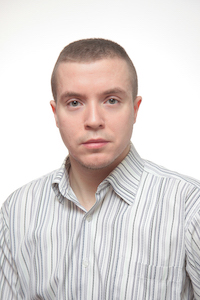 Konstantin Sergeevich Strigunov – leading analyst of the Association of Information Operations Specialists (ANO), political expert. Konstantin Sergeevich was one of the key participants in the successful information operation in Venezuela in 2019, carried out under the leadership of Andrey Manoilo.
Konstantin Sergeevich Strigunov – leading analyst of the Association of Information Operations Specialists (ANO), political expert. Konstantin Sergeevich was one of the key participants in the successful information operation in Venezuela in 2019, carried out under the leadership of Andrey Manoilo.
 Andrey Viktorovich Manoilo, Doctor of Political Sciences, Leading Researcher of the Department of Europe and America of the Institute of Scientific Information for Social Sciences of the Russian Academy of Sciences, professor at Lomonosov, member of the Scientific Council under the Security Council of Russia.
Andrey Viktorovich Manoilo, Doctor of Political Sciences, Leading Researcher of the Department of Europe and America of the Institute of Scientific Information for Social Sciences of the Russian Academy of Sciences, professor at Lomonosov, member of the Scientific Council under the Security Council of Russia.
The views expressed in this article are the author’s own and do not necessarily reflect IFIMES official position.
Ljubljana/Moscow, 10 February 2022
[1] IFIMES – International Institute for Middle East and Balkan Studies, based in Ljubljana, Slovenia, has Special Consultative status at ECOSOC/UN, New York, since 2018.
[2] See A. V. Manoilo, K. S. Strigunov. Non-classical warfare technologies. Genesis. Evolution. Practice. ‒ Goryachaya Liniya ‒ Telecom Moscow, 2020. ‒ 378 p.
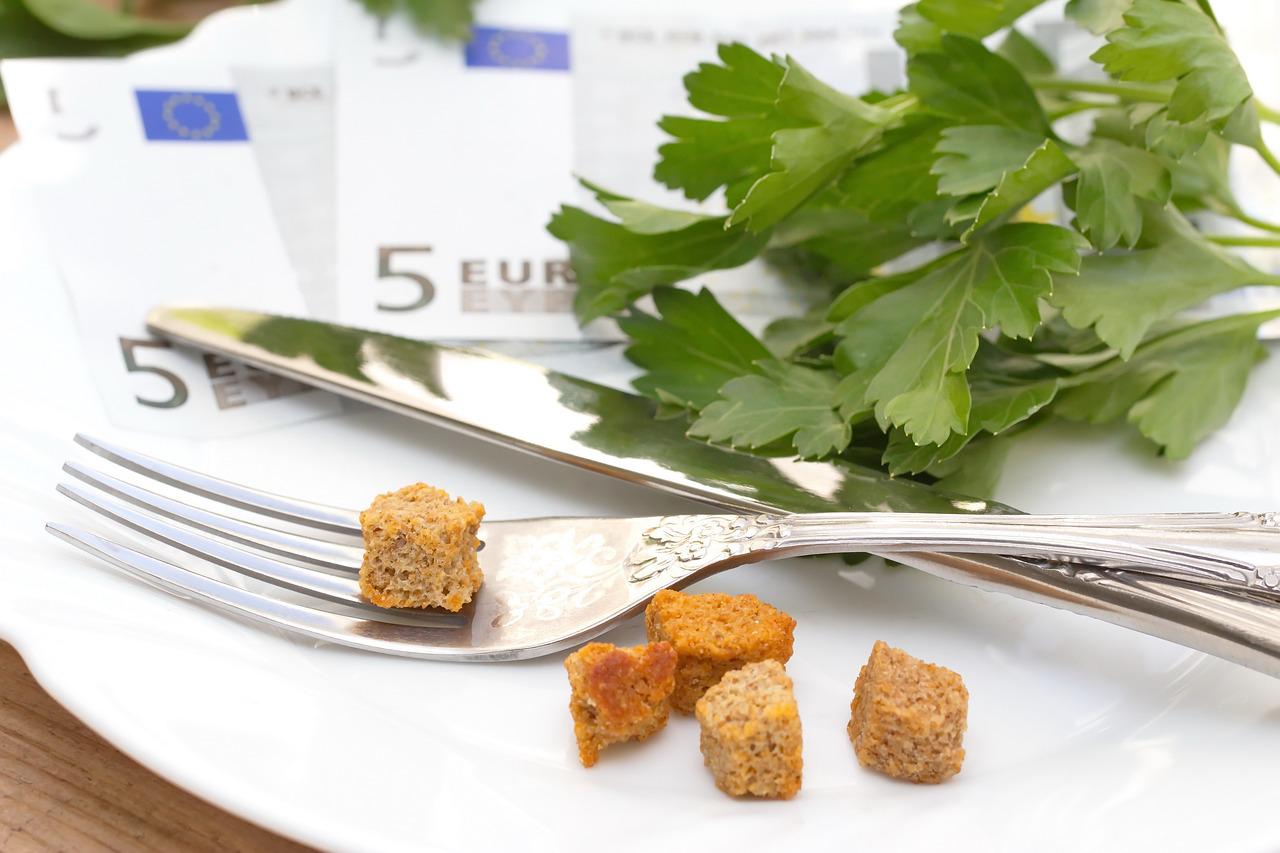
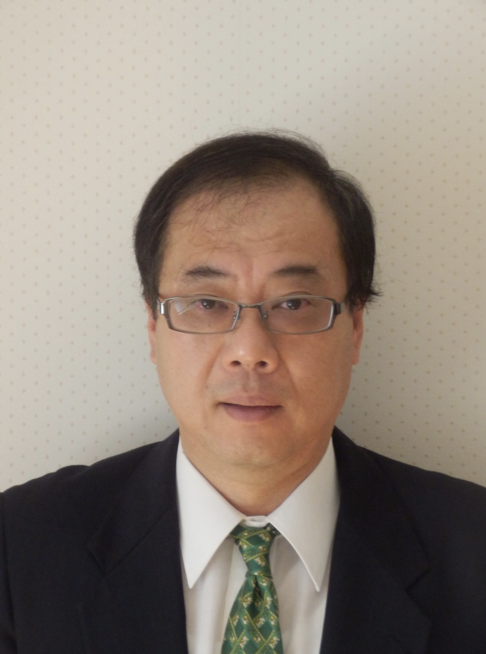


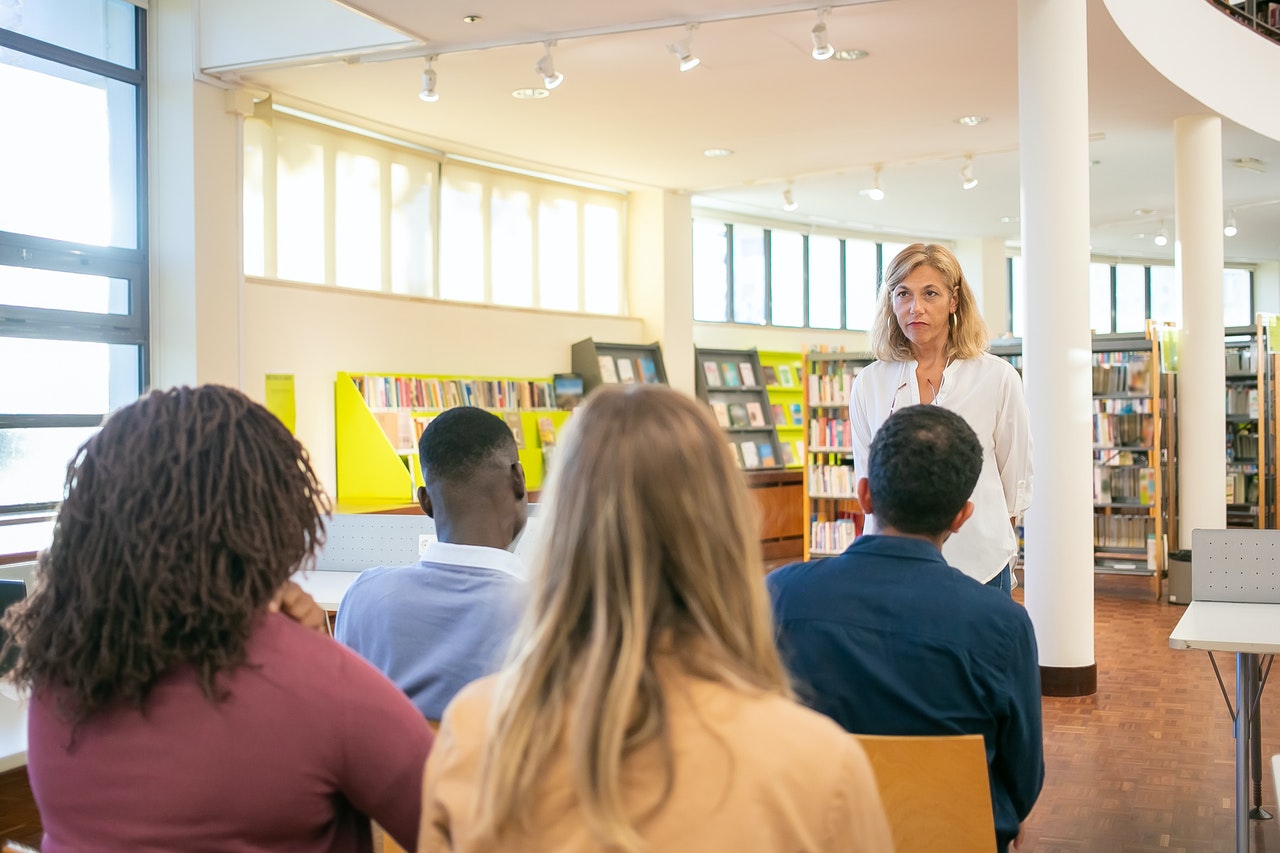




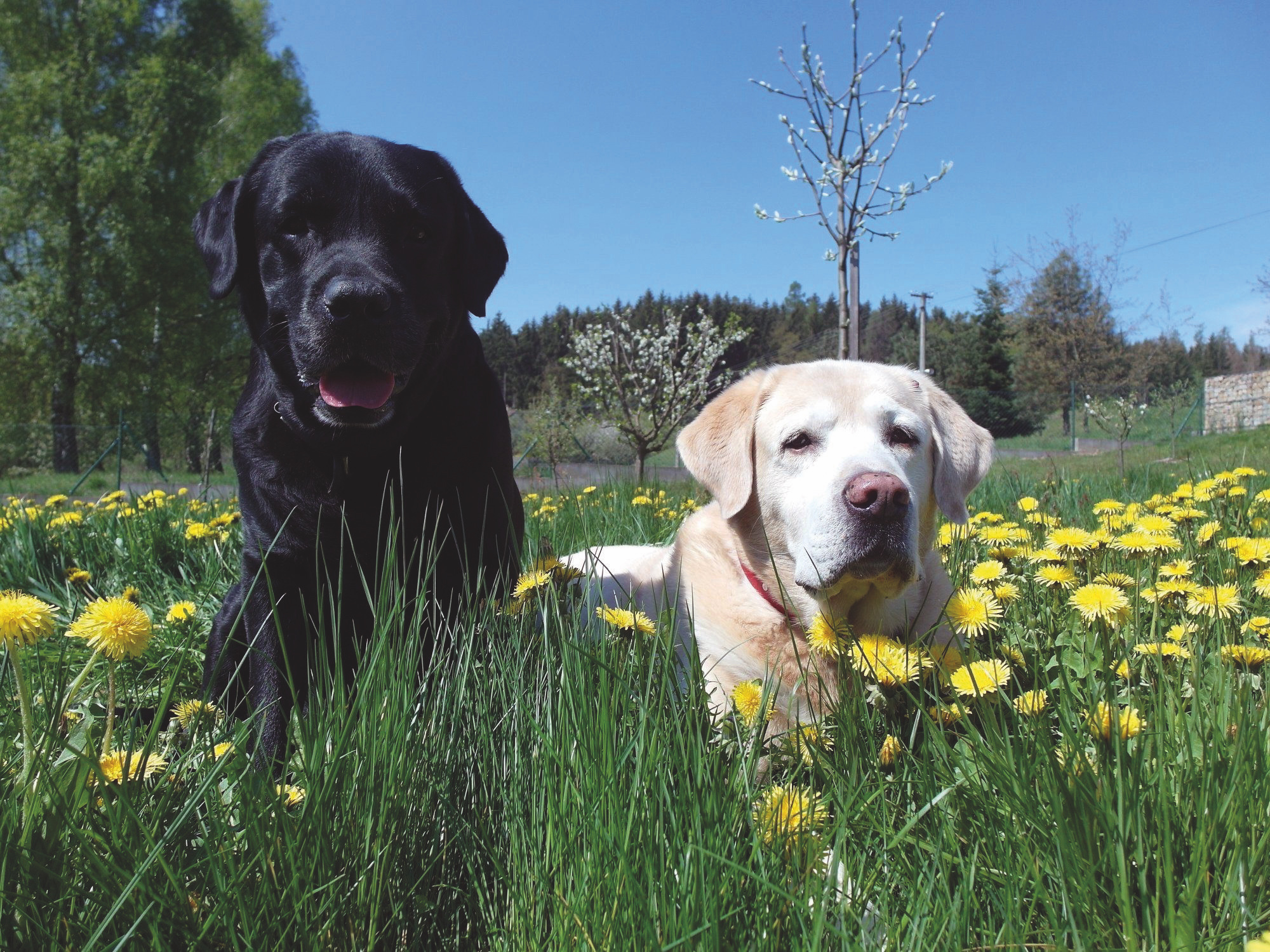







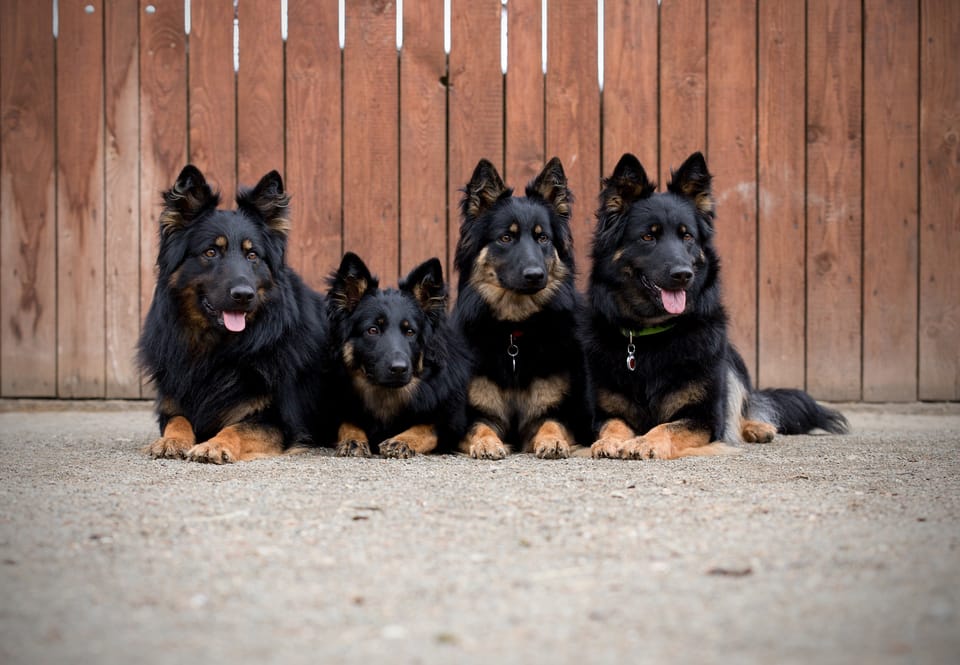
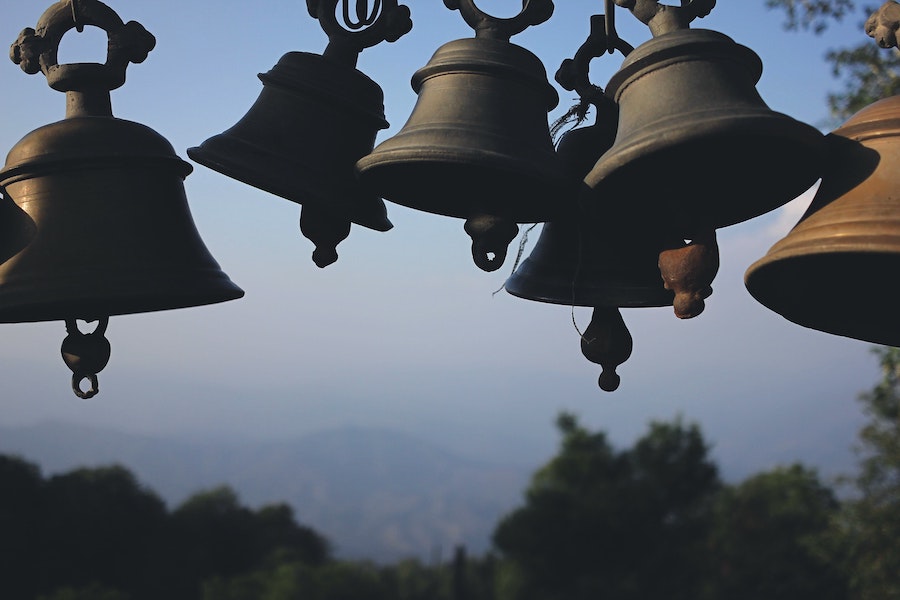

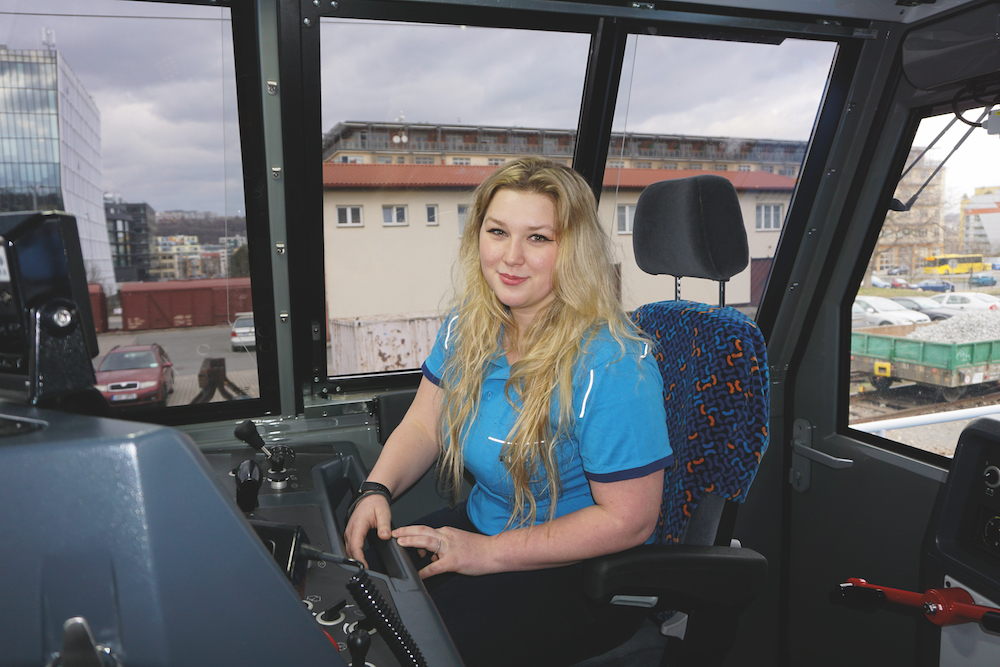
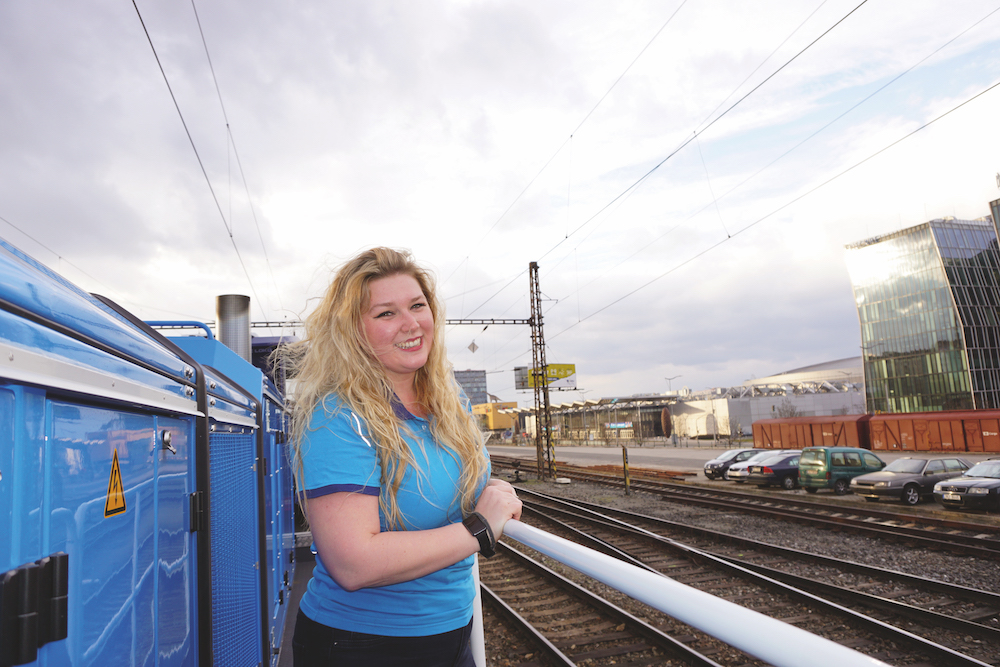
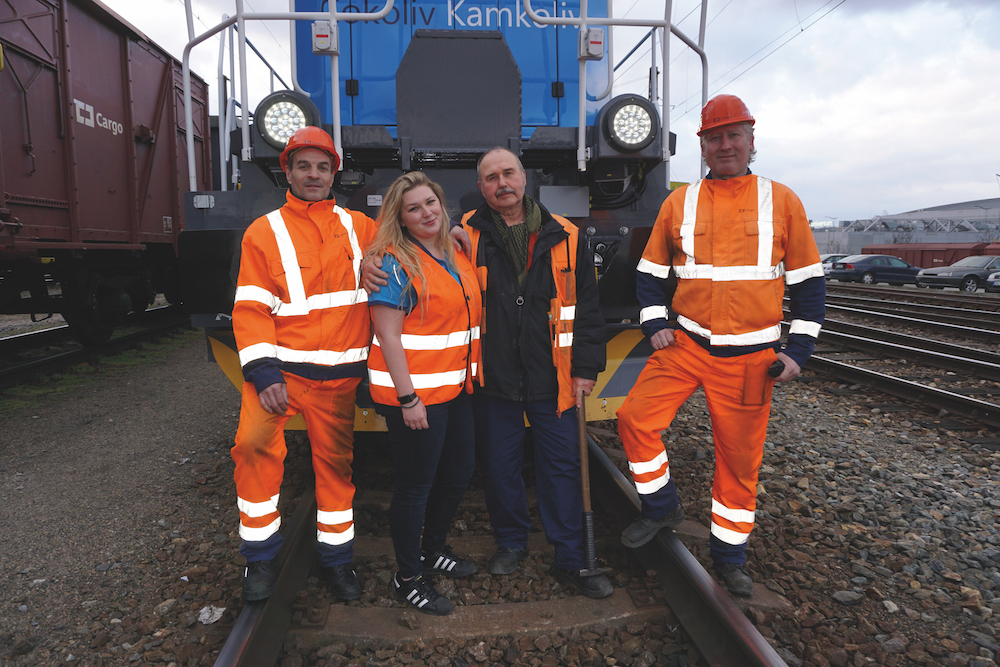
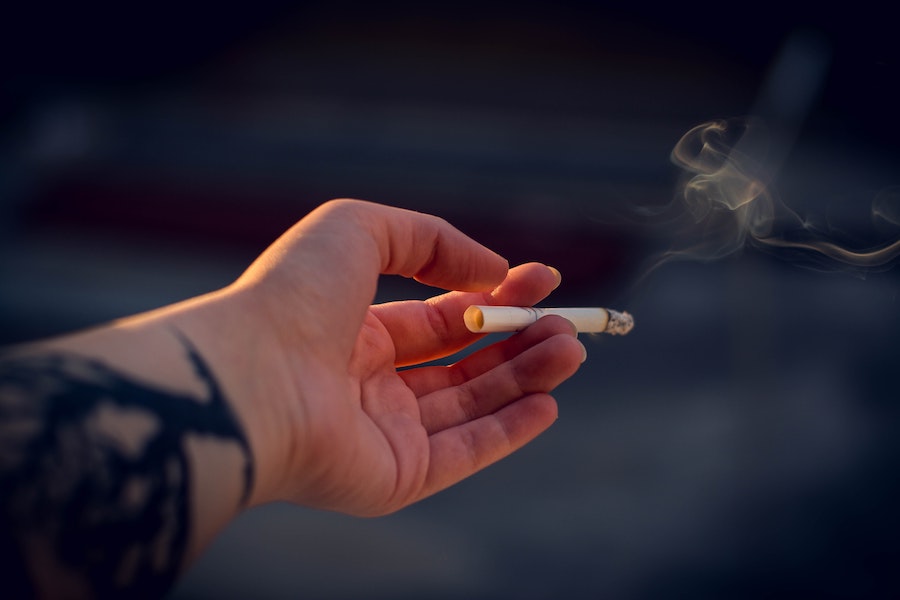
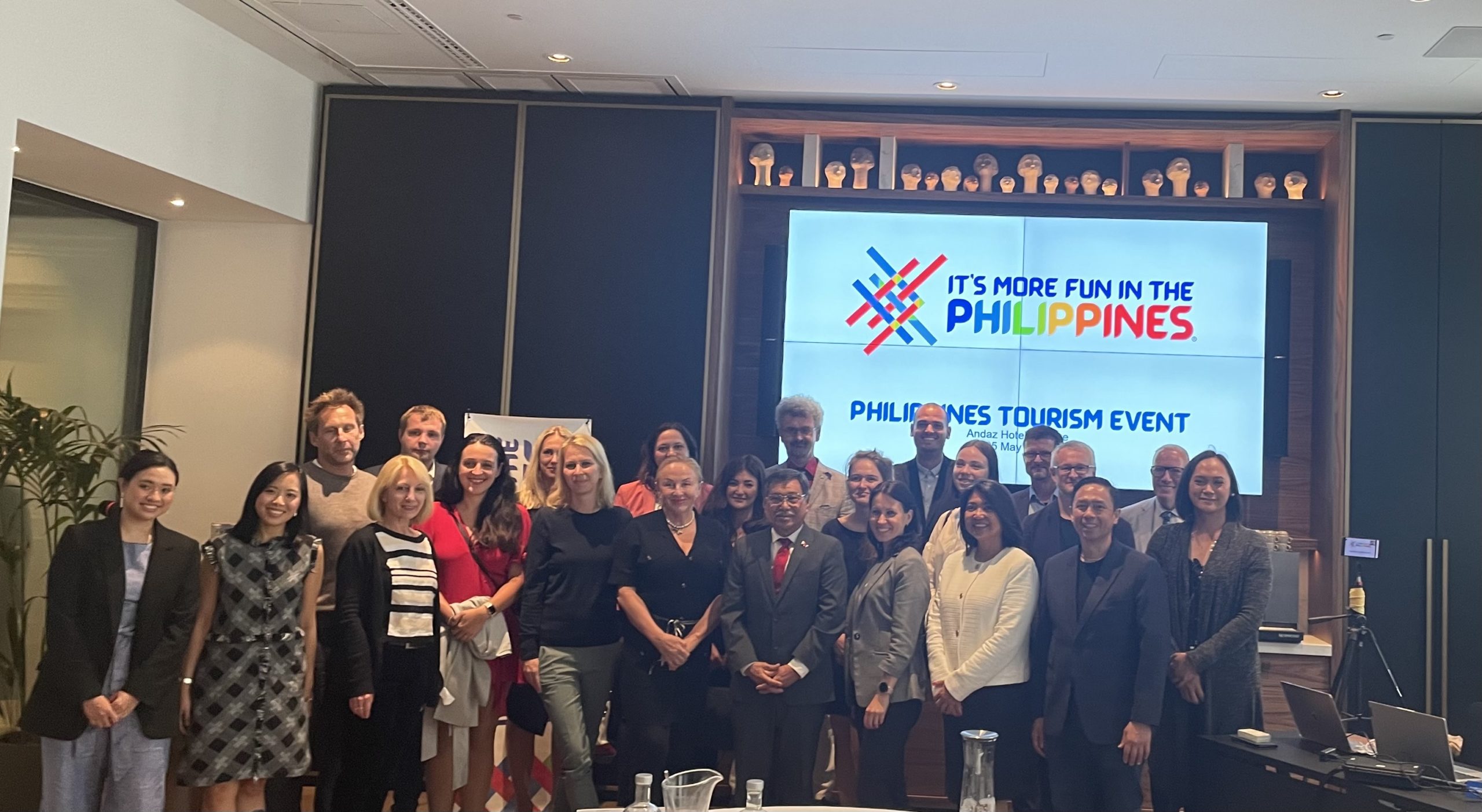





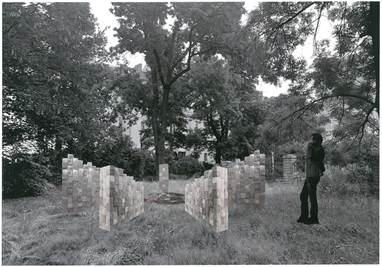


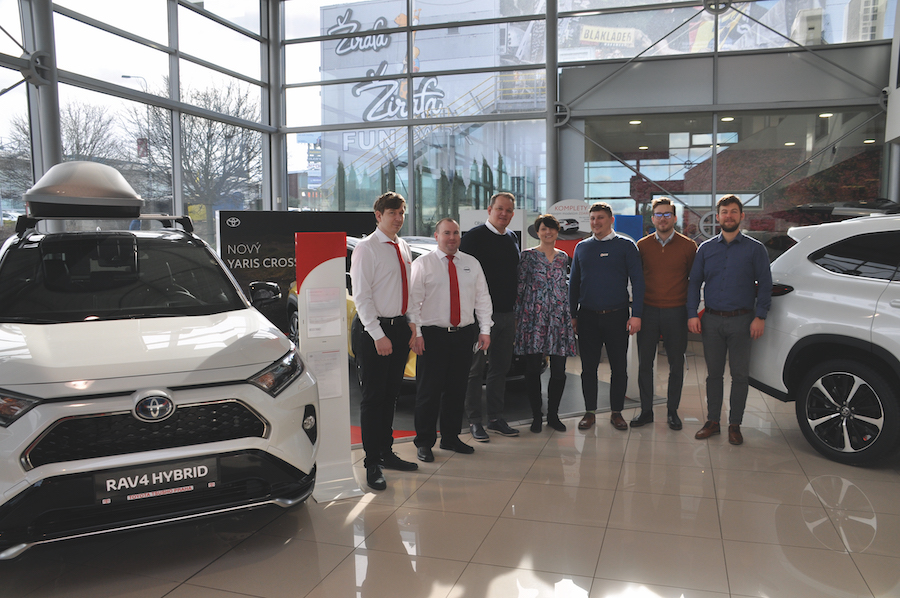




 Dr J Scott Younger, OBE, is a professional civil engineer; he spent 42 years in the Far East undertaking assignments in 10 countries for WB, ADB, UNDP. He published many papers; he was a columnist for Forbes Indonesia and Globe Asia. He served on British & European Chamber boards and was a Vice Chair of Int’l Business Chamber for 17 years. His expertise is infrastructure and sustainable development and he takes an interest in international affairs. He is an International Chancellor of the President University, Indonesia. He is a member of IFIMES Advisory Board. Lived and worked in Thailand from 1978 to 1983 and visited Burma, Bangladesh and Nepal for projects.
Dr J Scott Younger, OBE, is a professional civil engineer; he spent 42 years in the Far East undertaking assignments in 10 countries for WB, ADB, UNDP. He published many papers; he was a columnist for Forbes Indonesia and Globe Asia. He served on British & European Chamber boards and was a Vice Chair of Int’l Business Chamber for 17 years. His expertise is infrastructure and sustainable development and he takes an interest in international affairs. He is an International Chancellor of the President University, Indonesia. He is a member of IFIMES Advisory Board. Lived and worked in Thailand from 1978 to 1983 and visited Burma, Bangladesh and Nepal for projects.


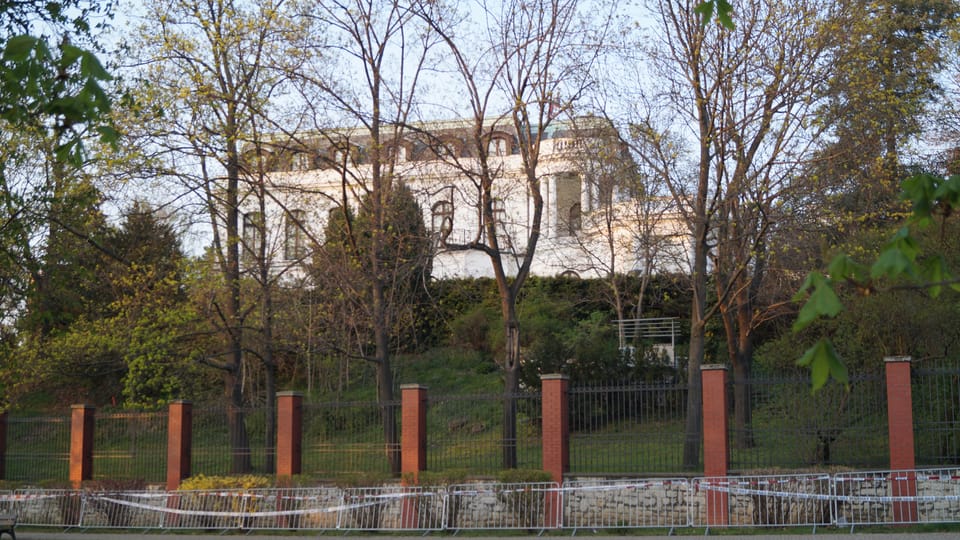



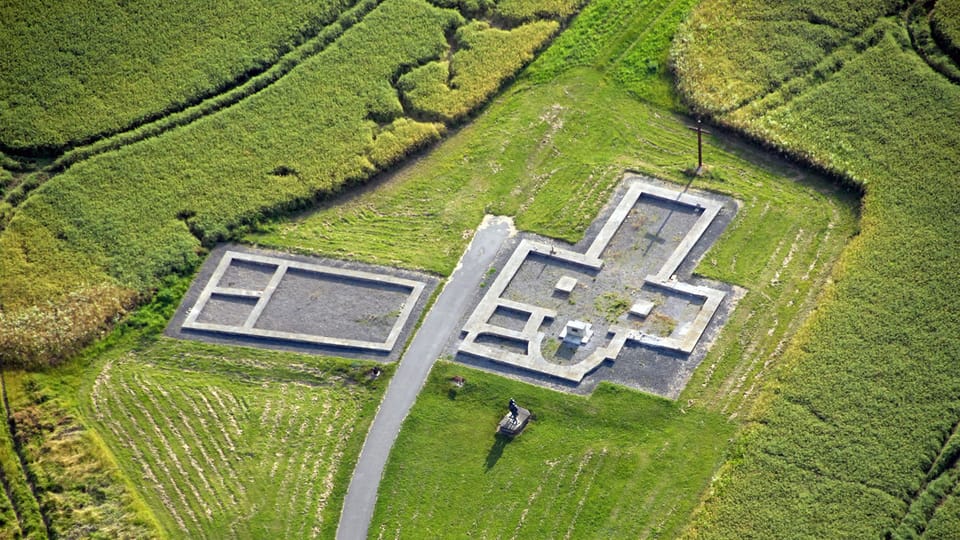
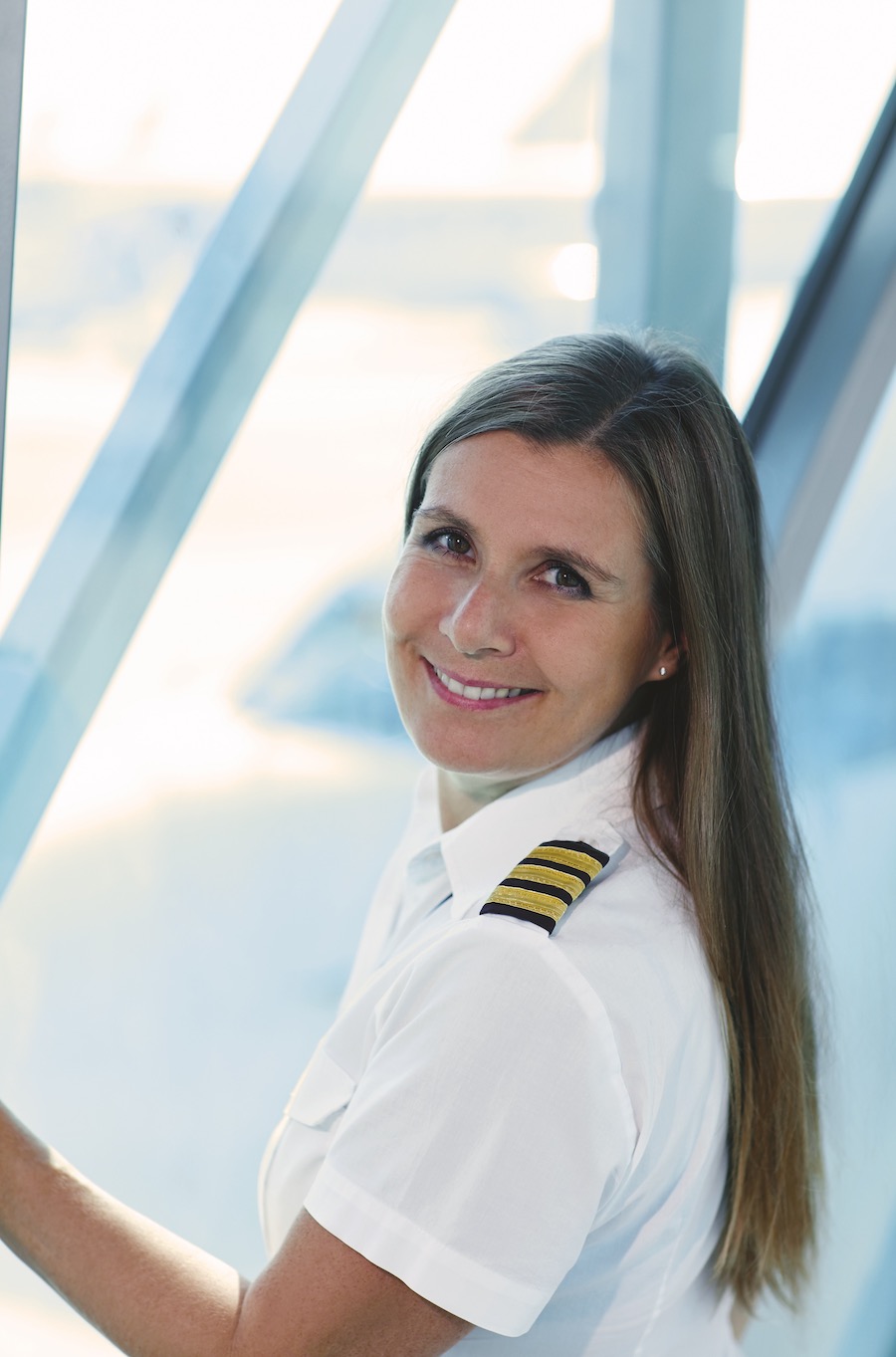





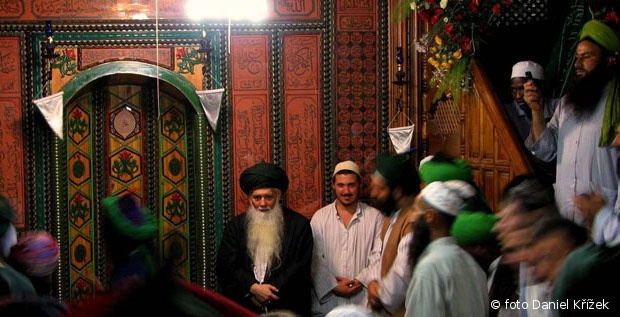

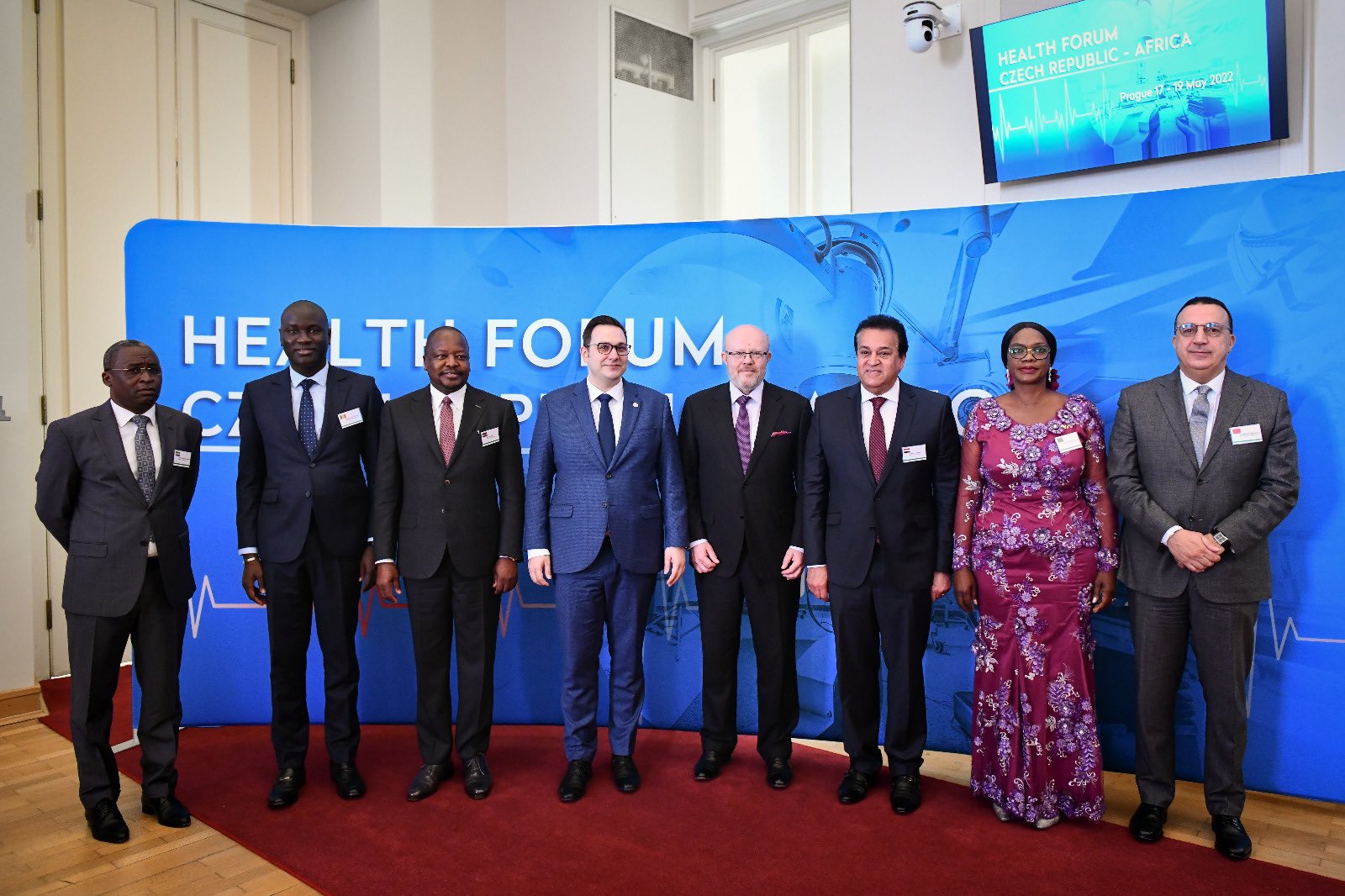
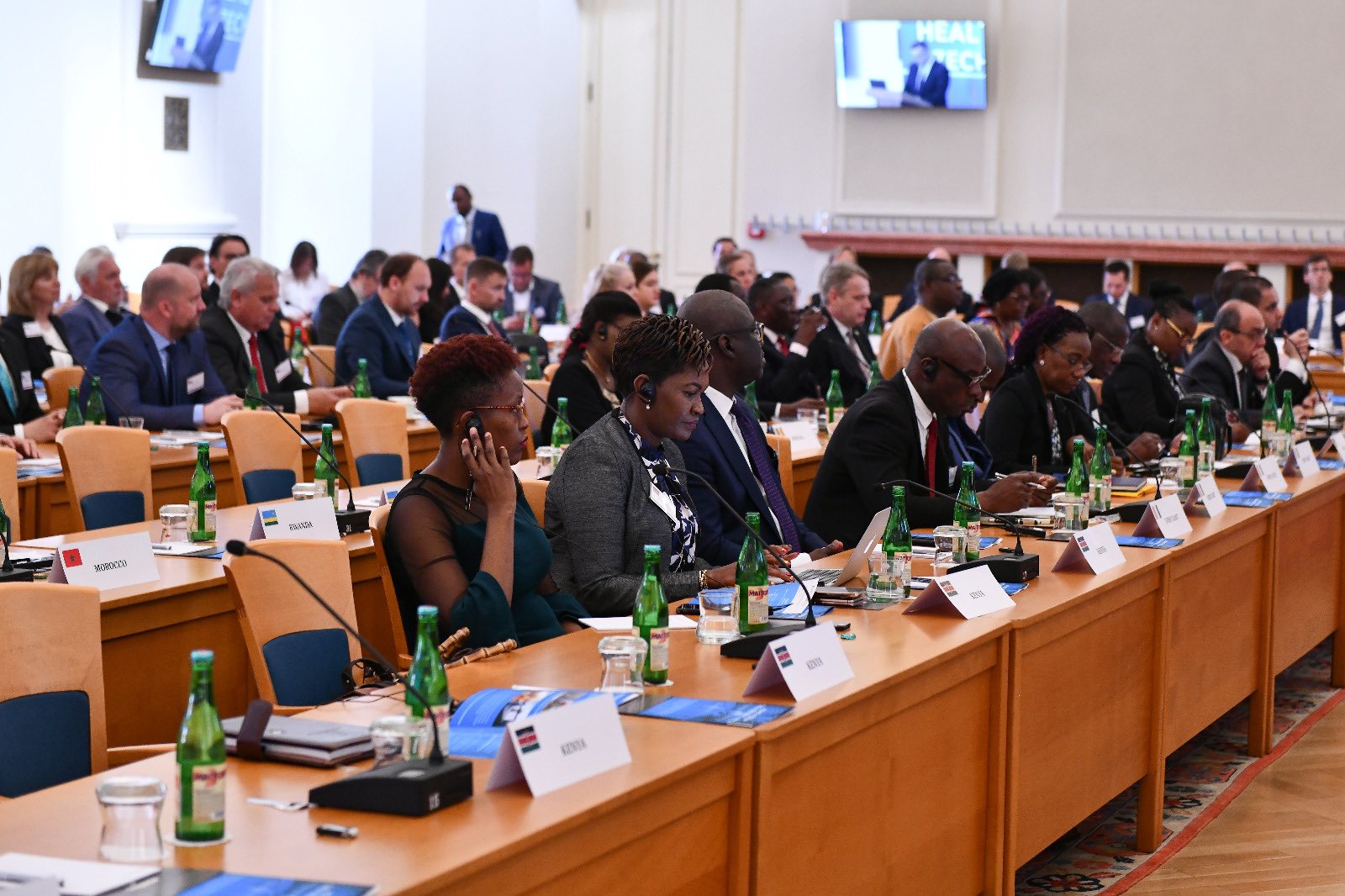
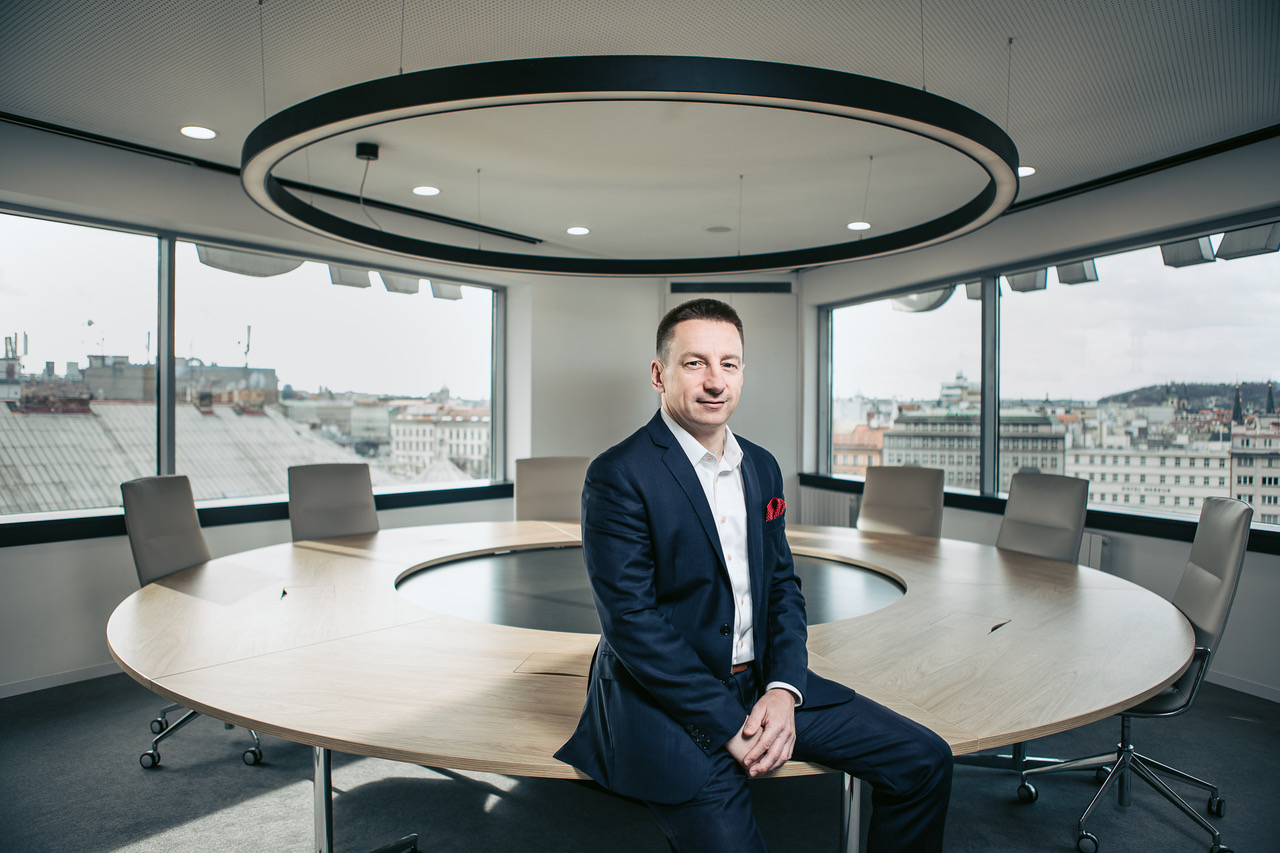

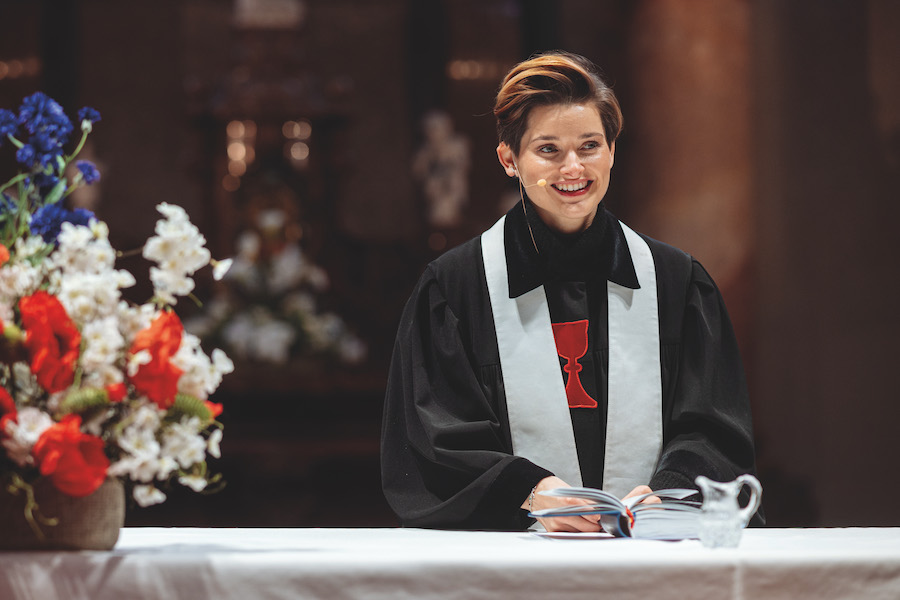
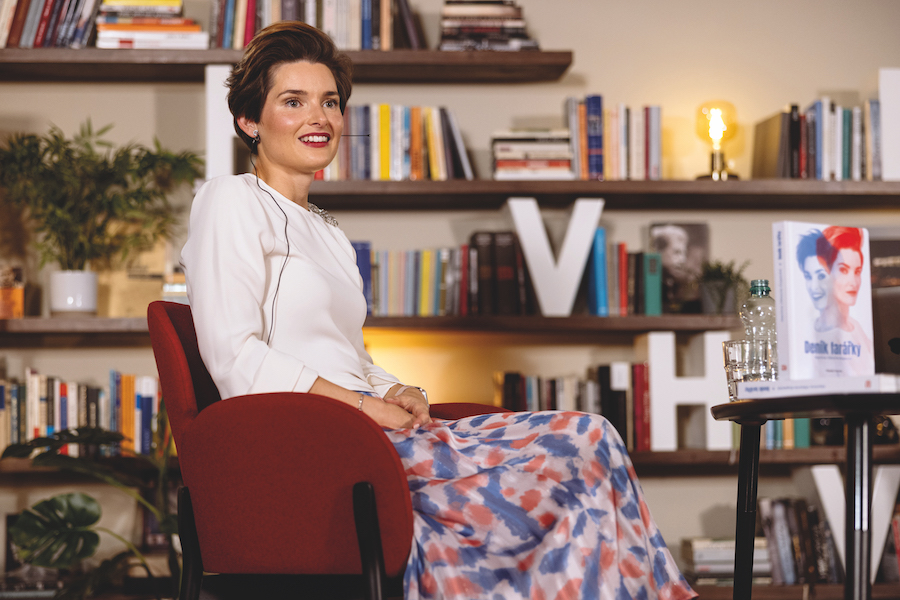
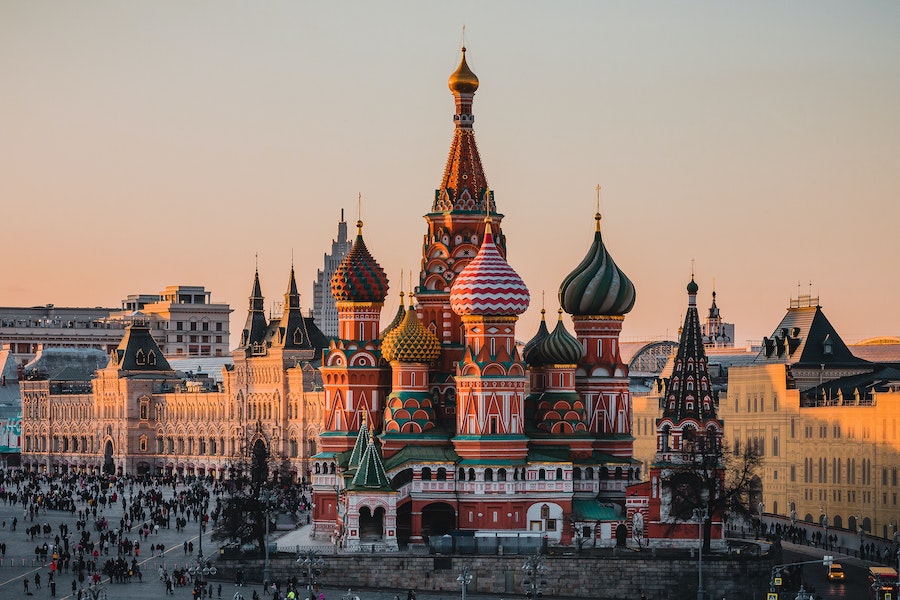
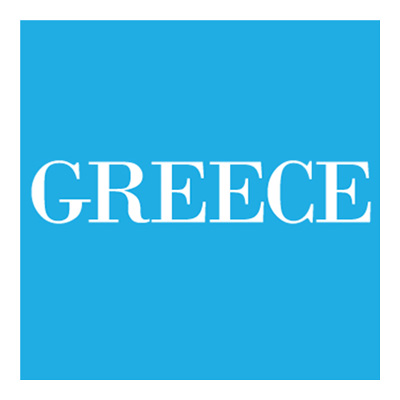
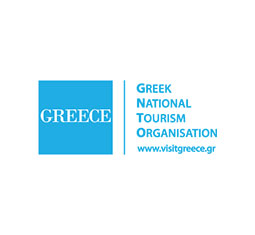
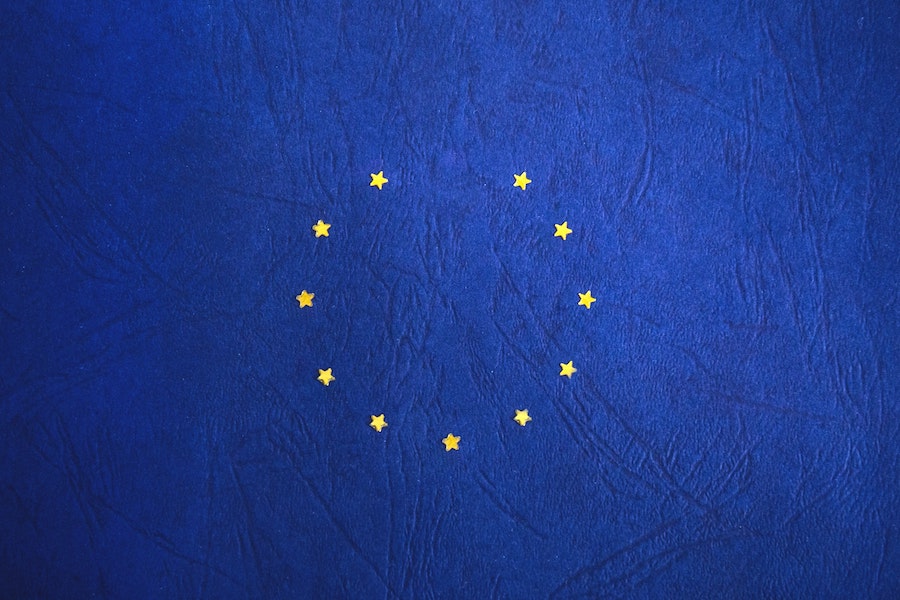

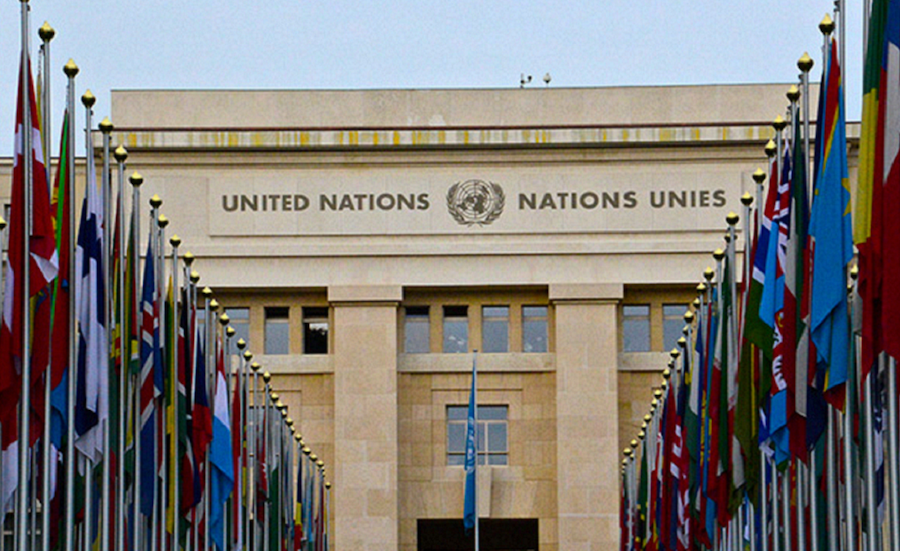

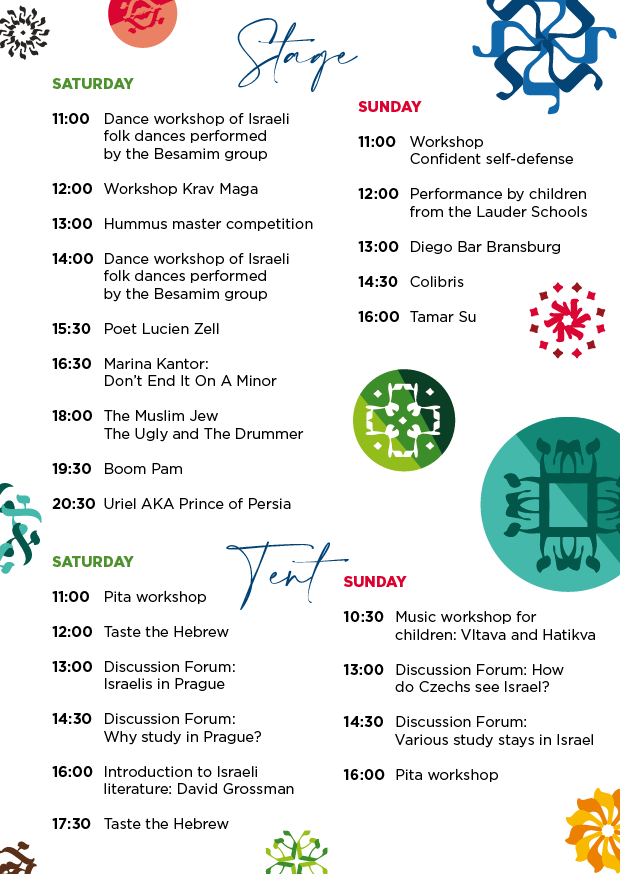



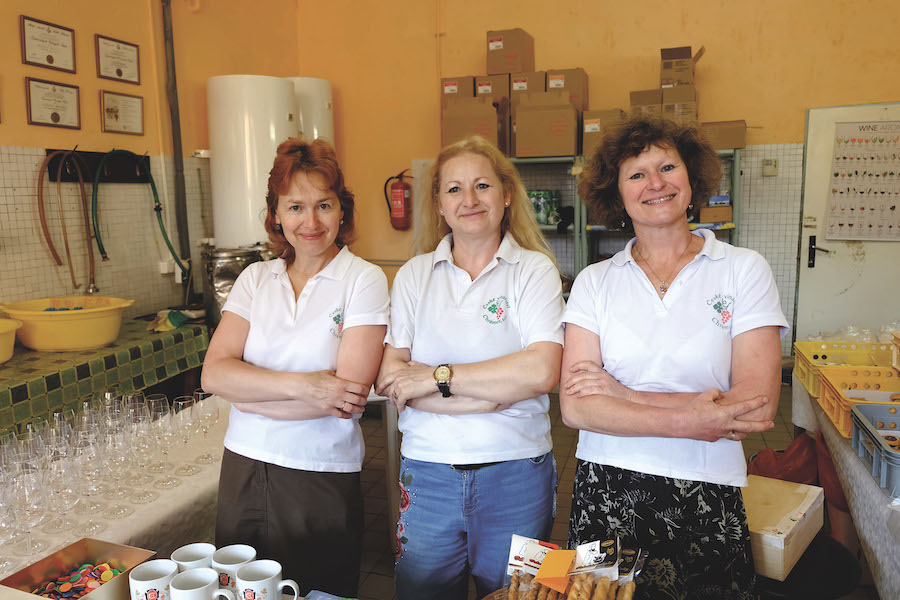

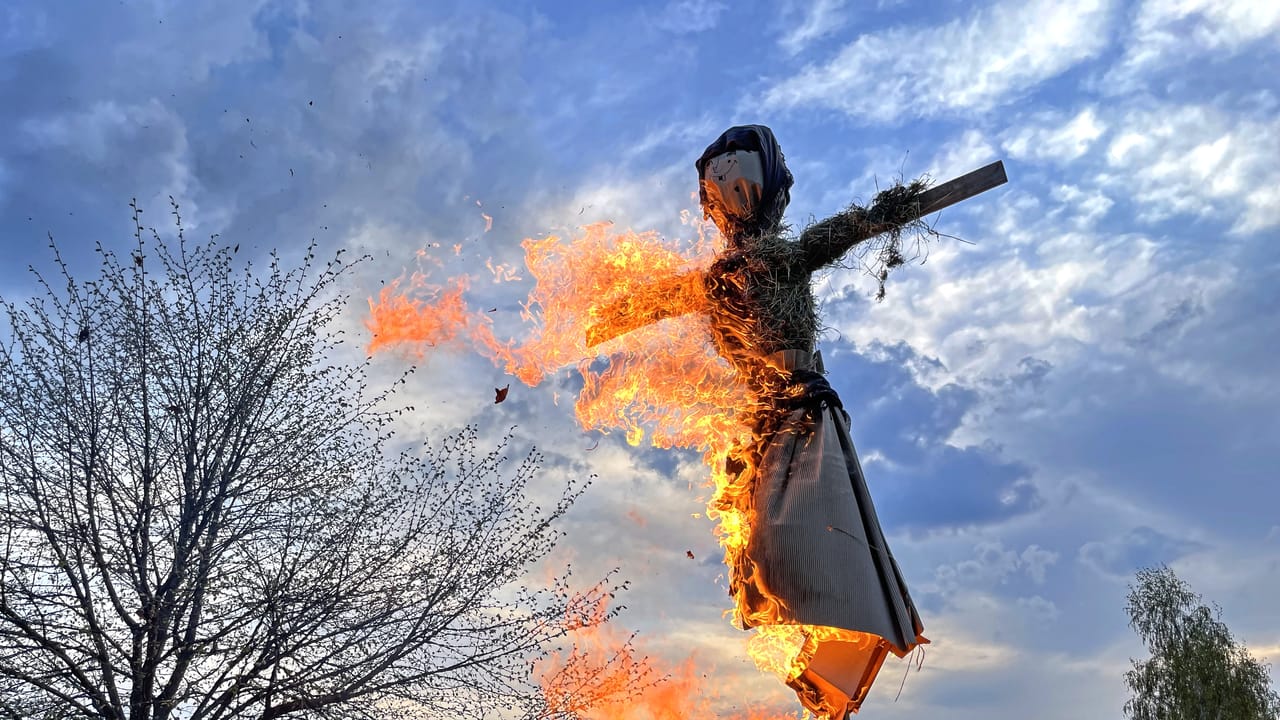

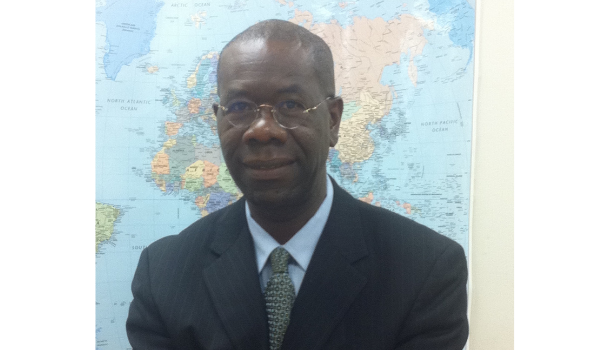 Written by:
Written by: 

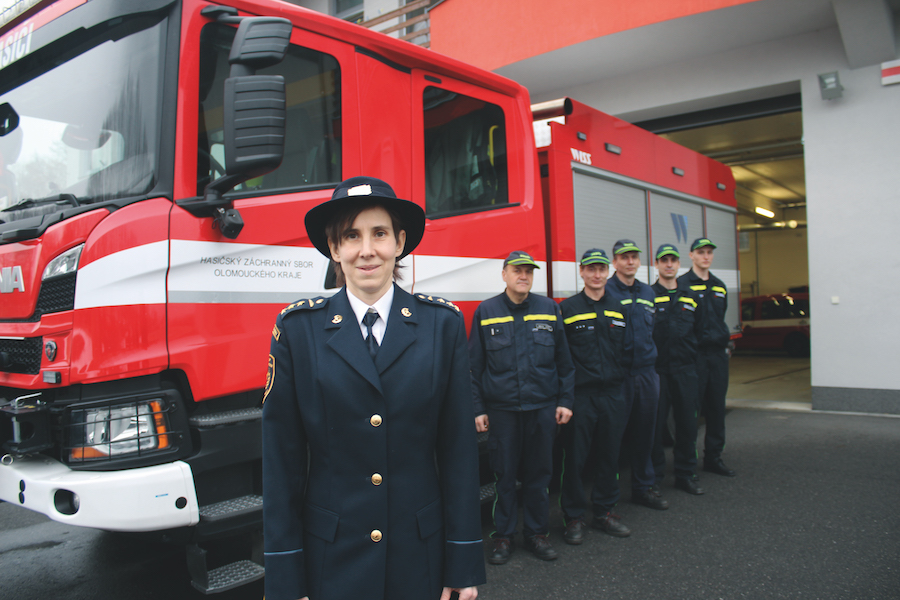

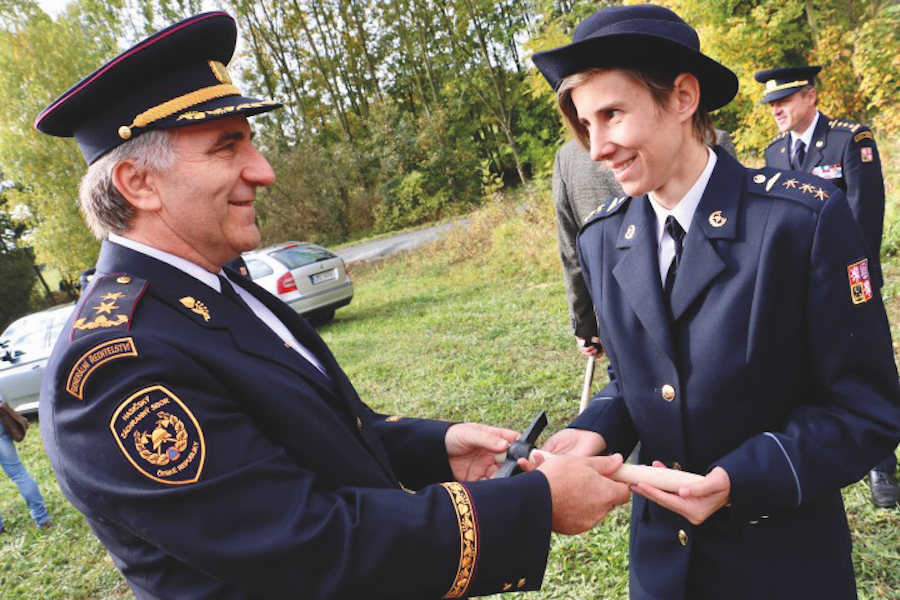


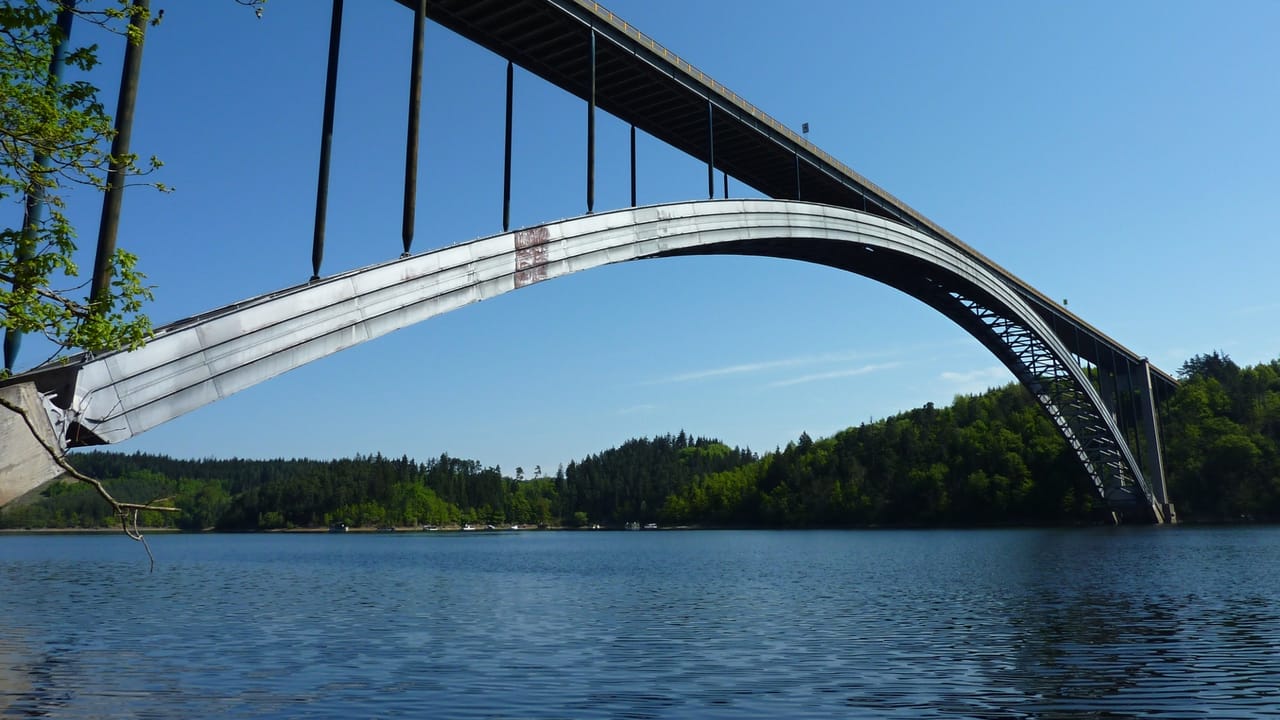
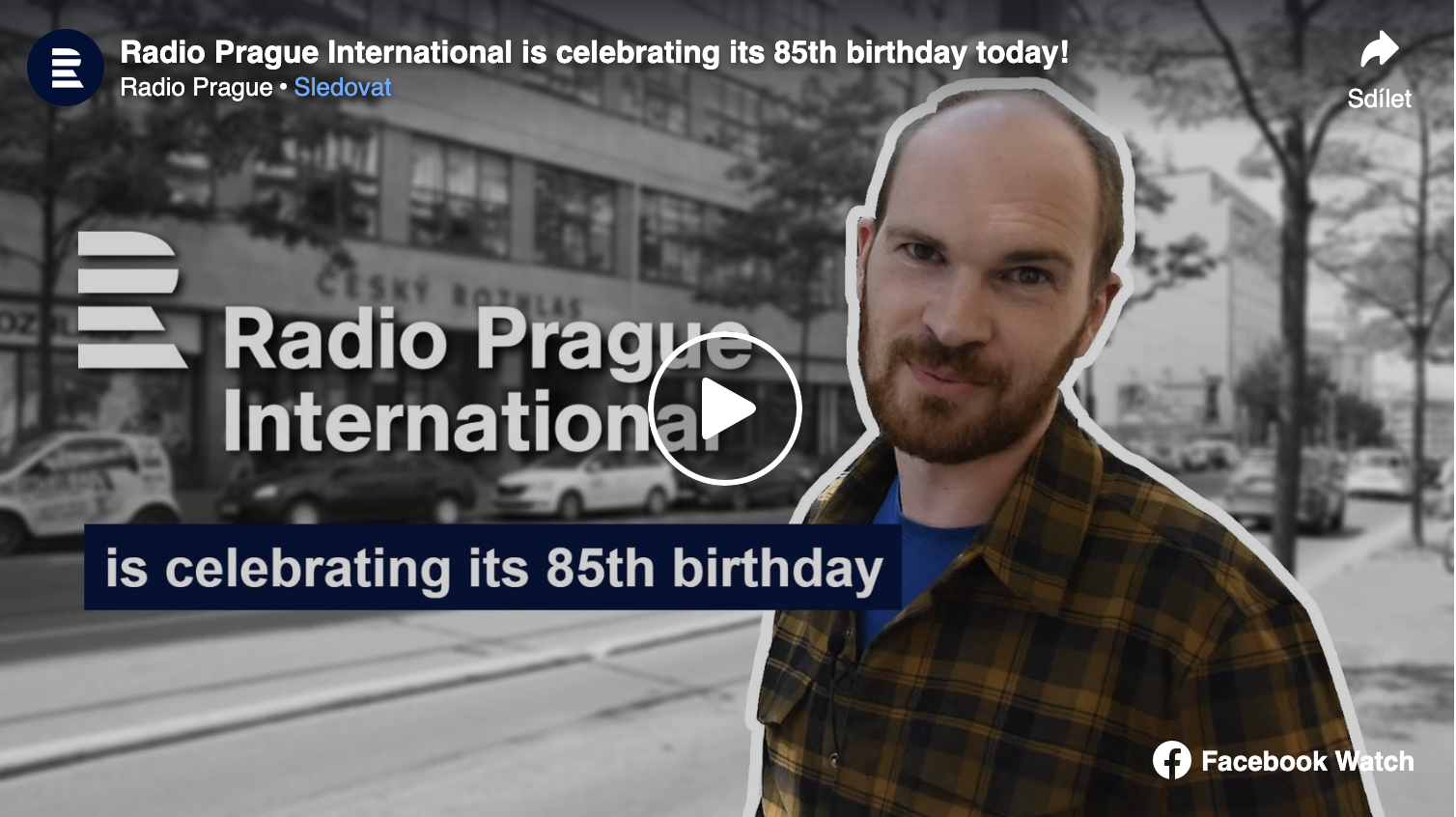
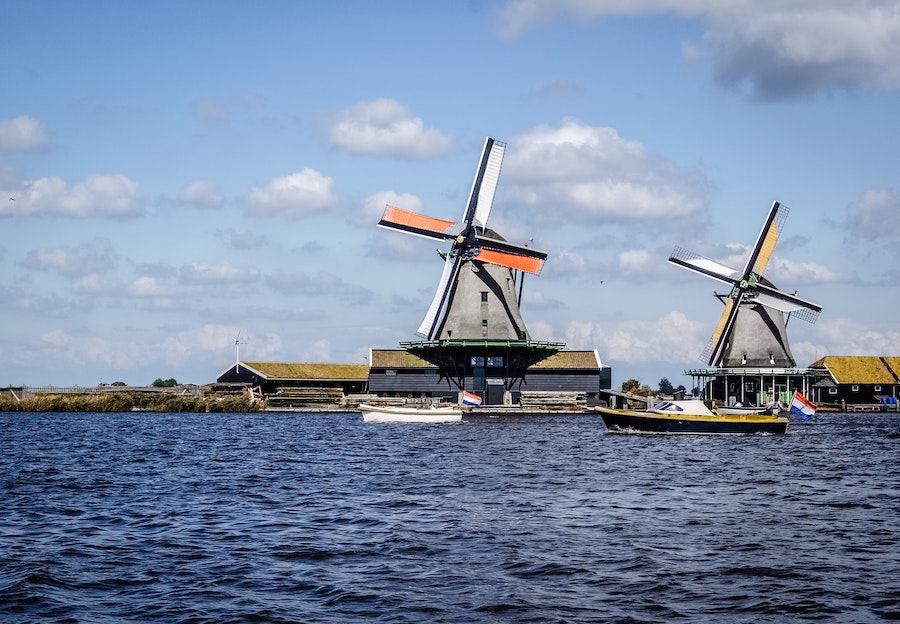

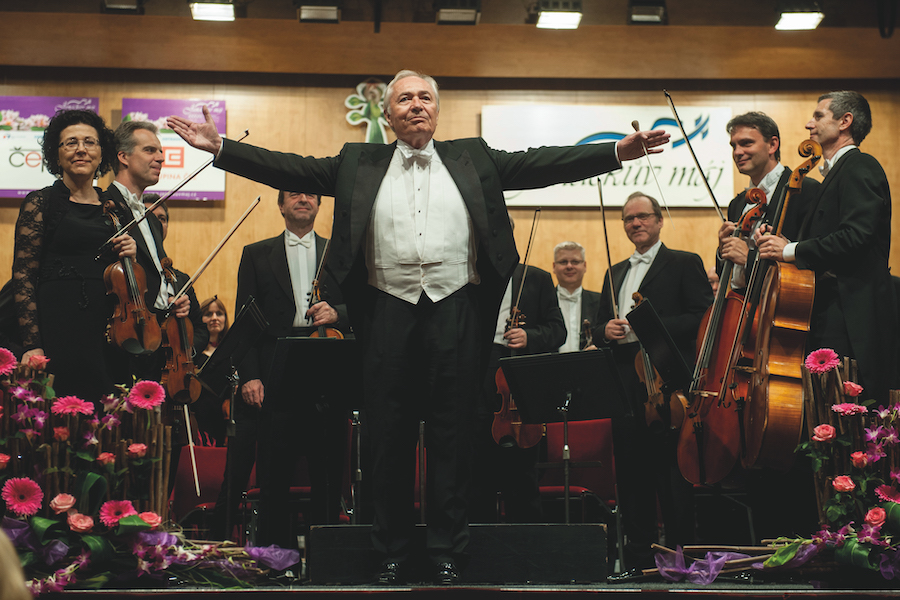


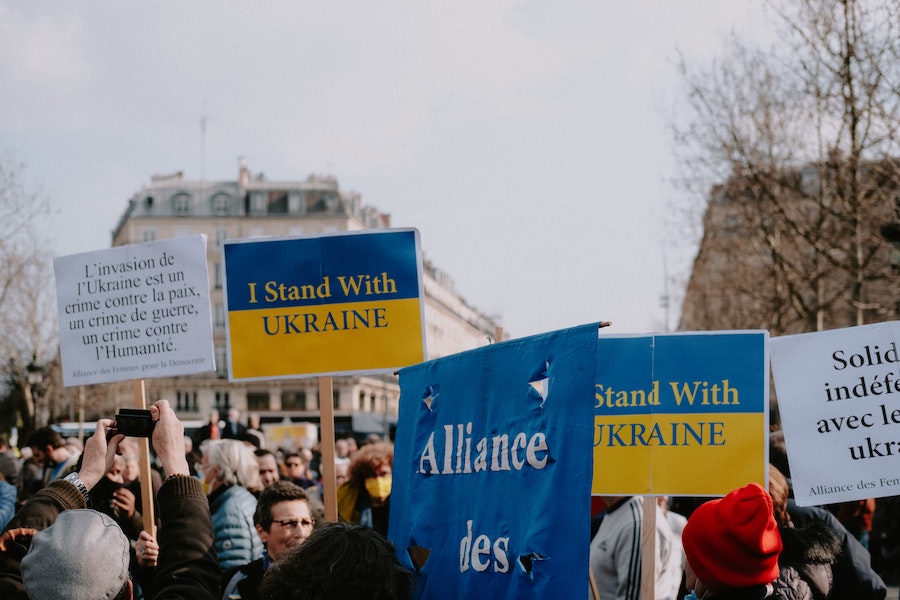



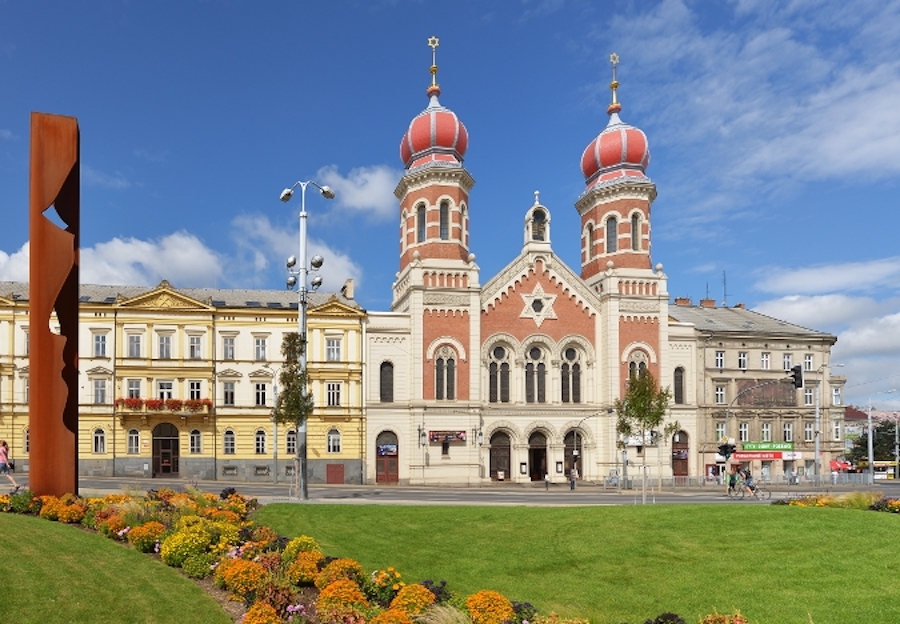



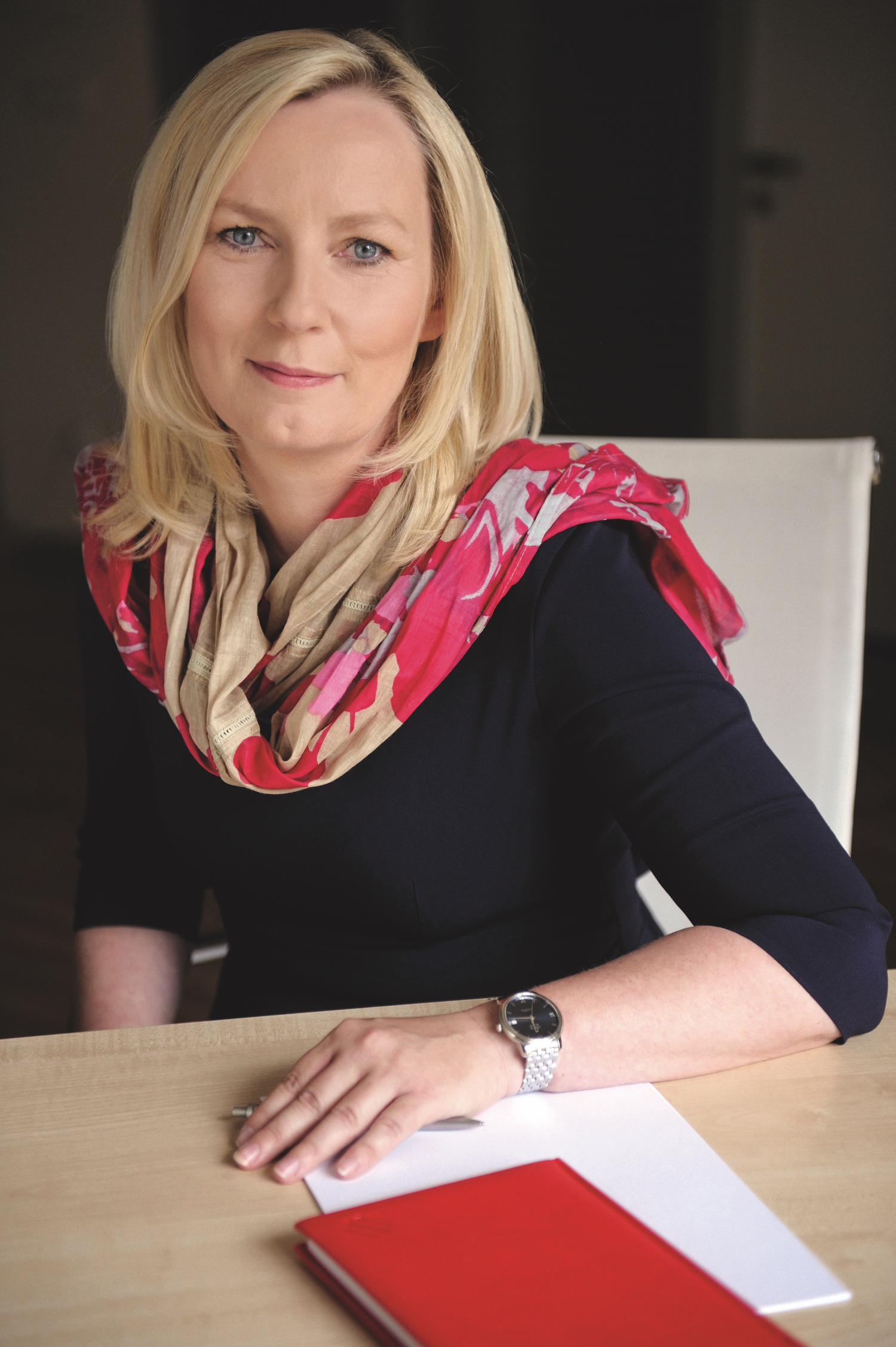
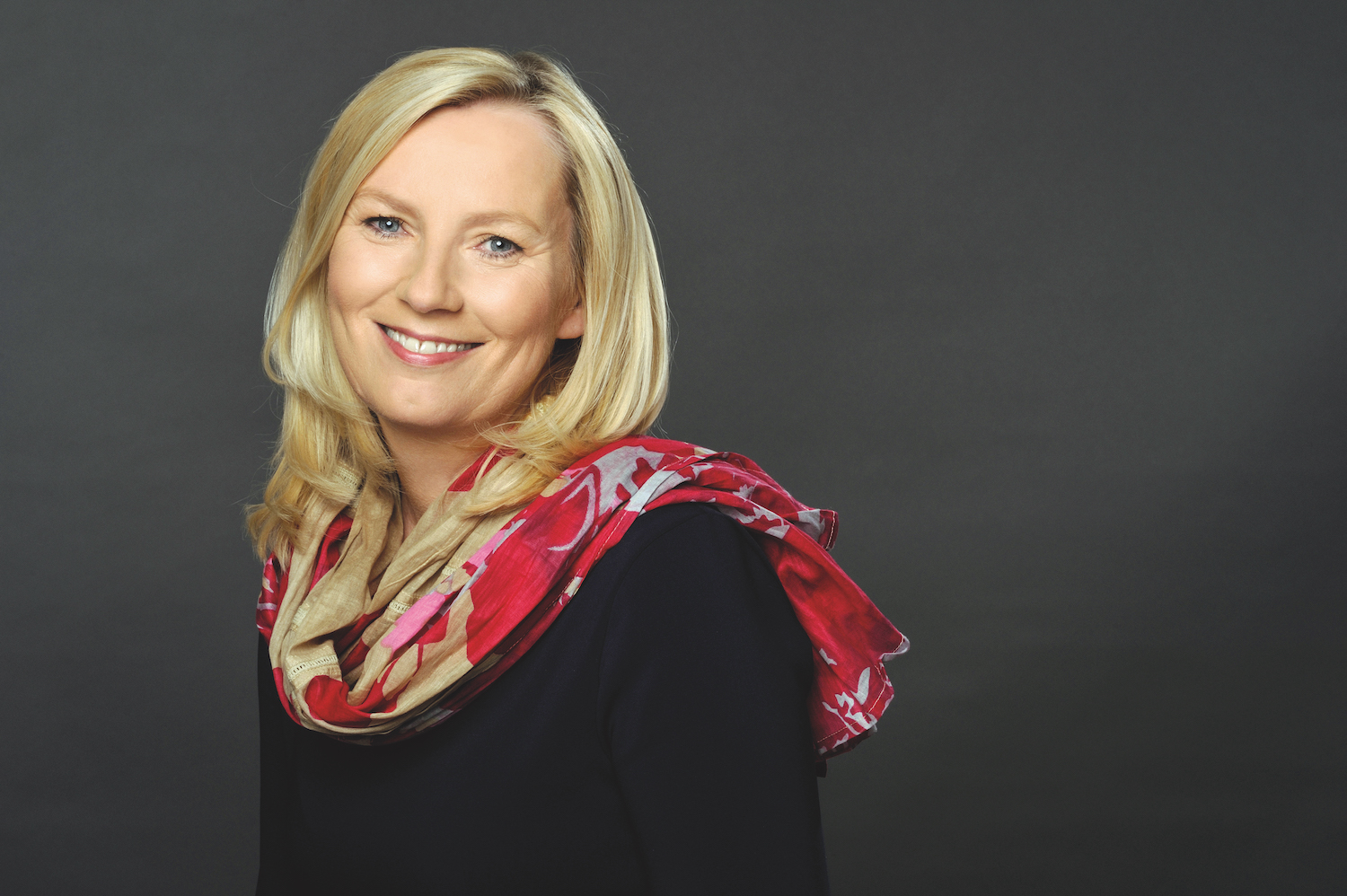

 About the author:
About the author: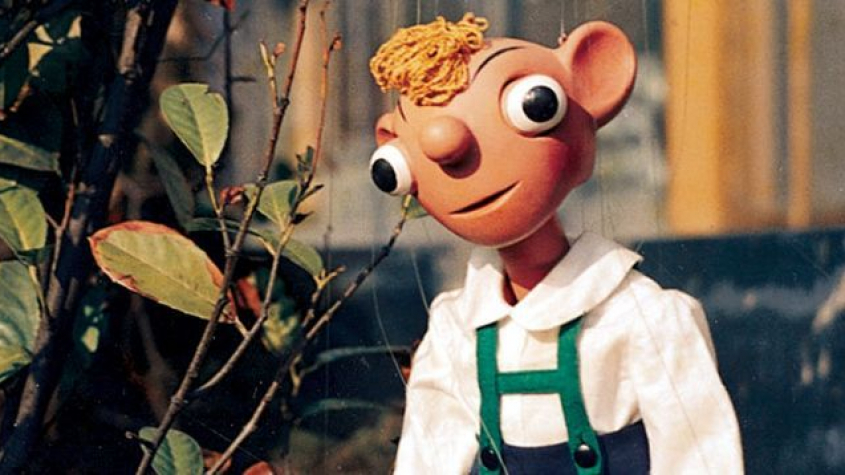


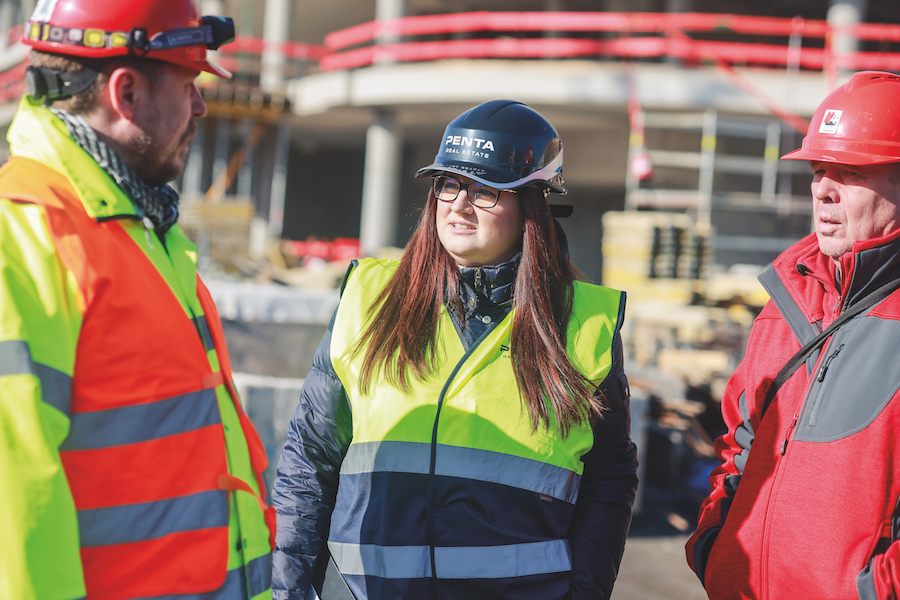
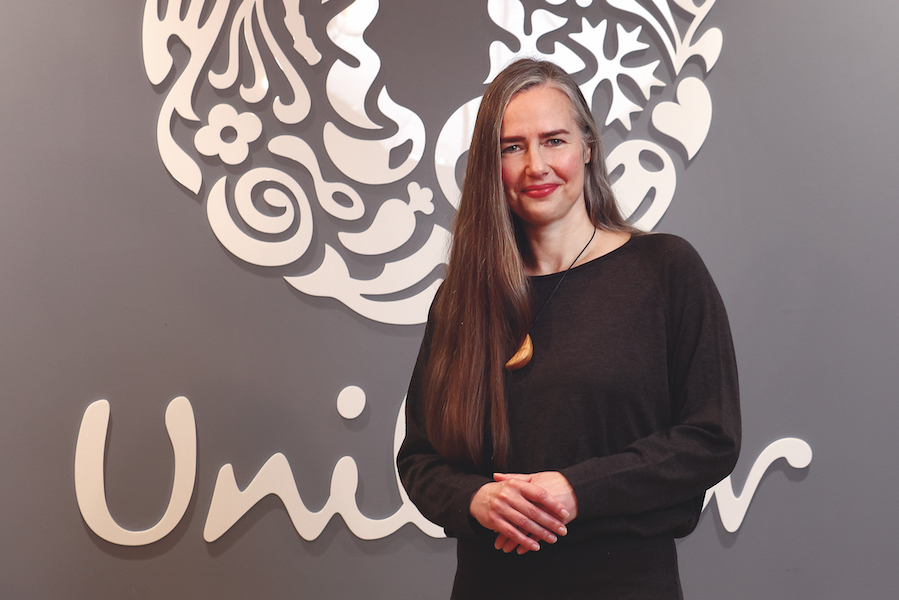
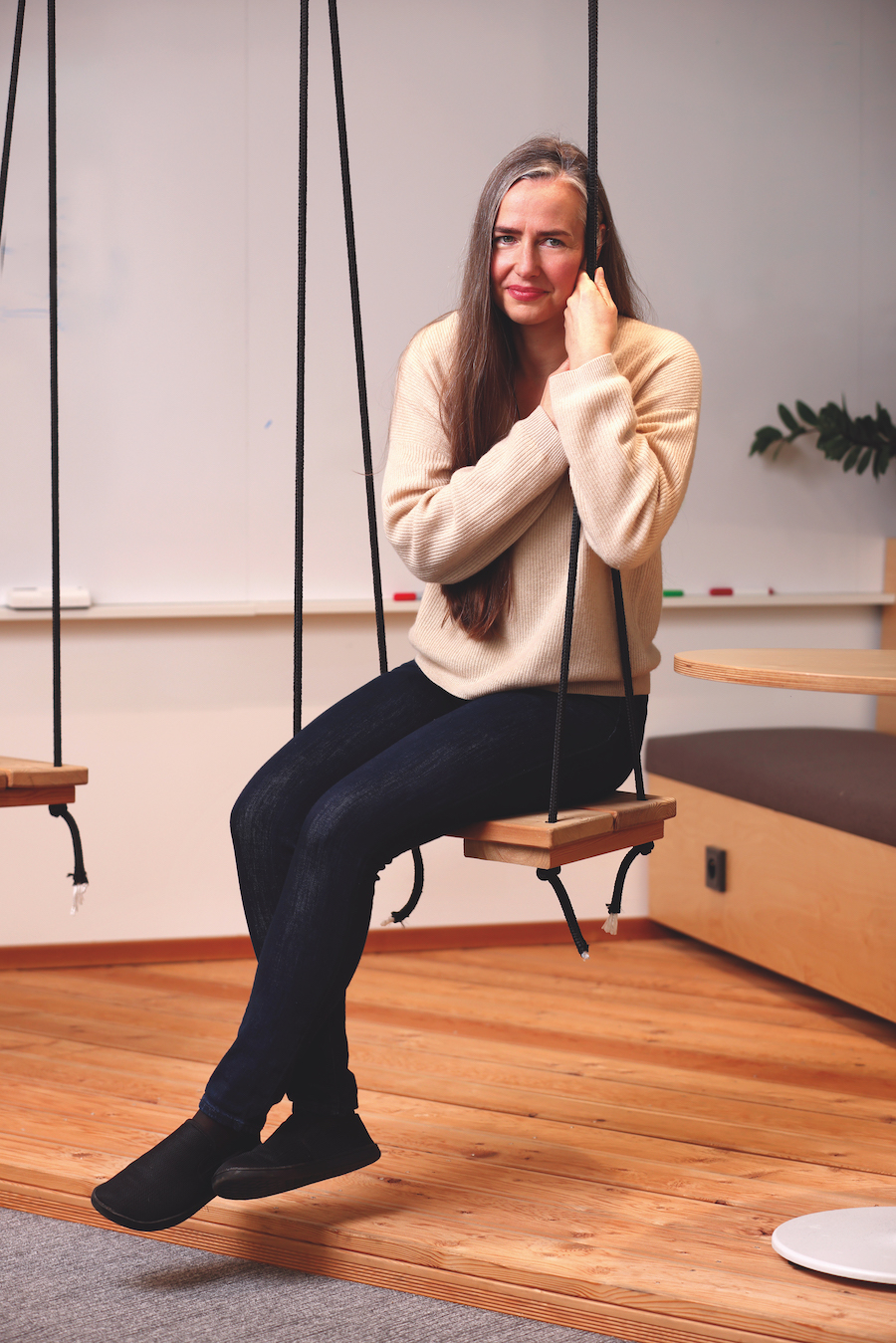
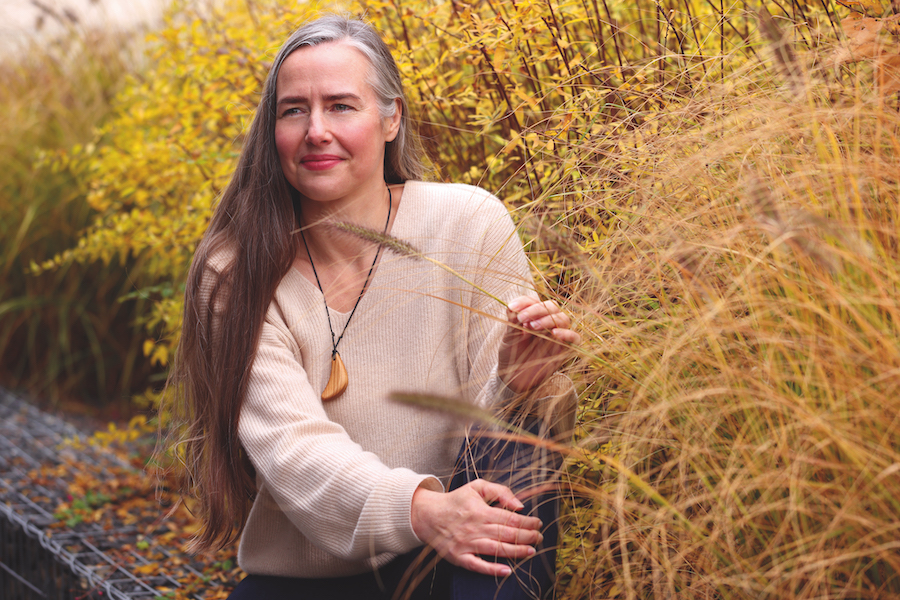
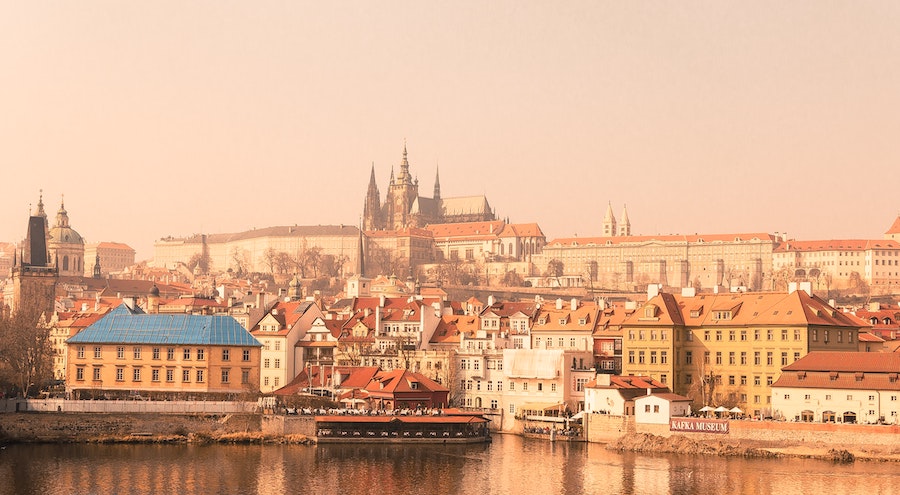
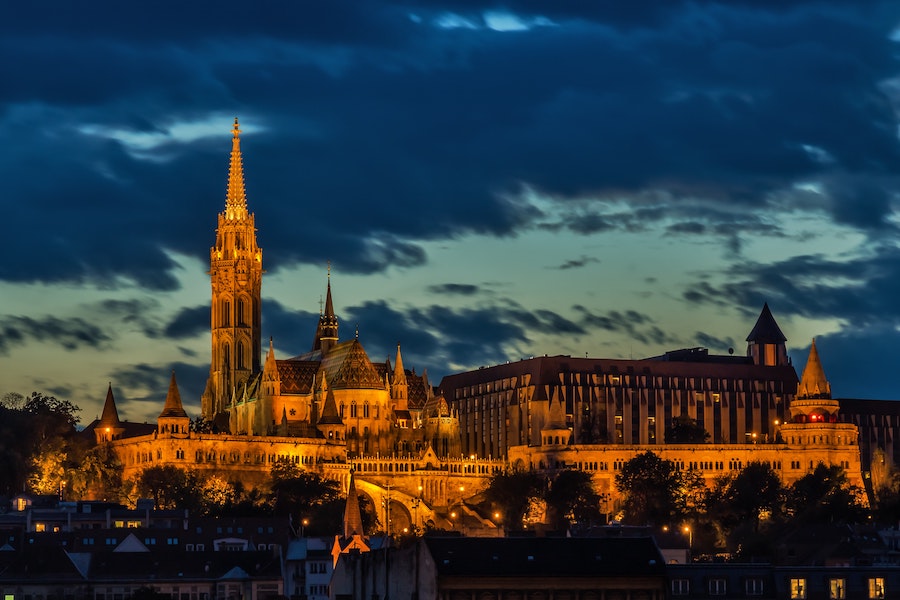


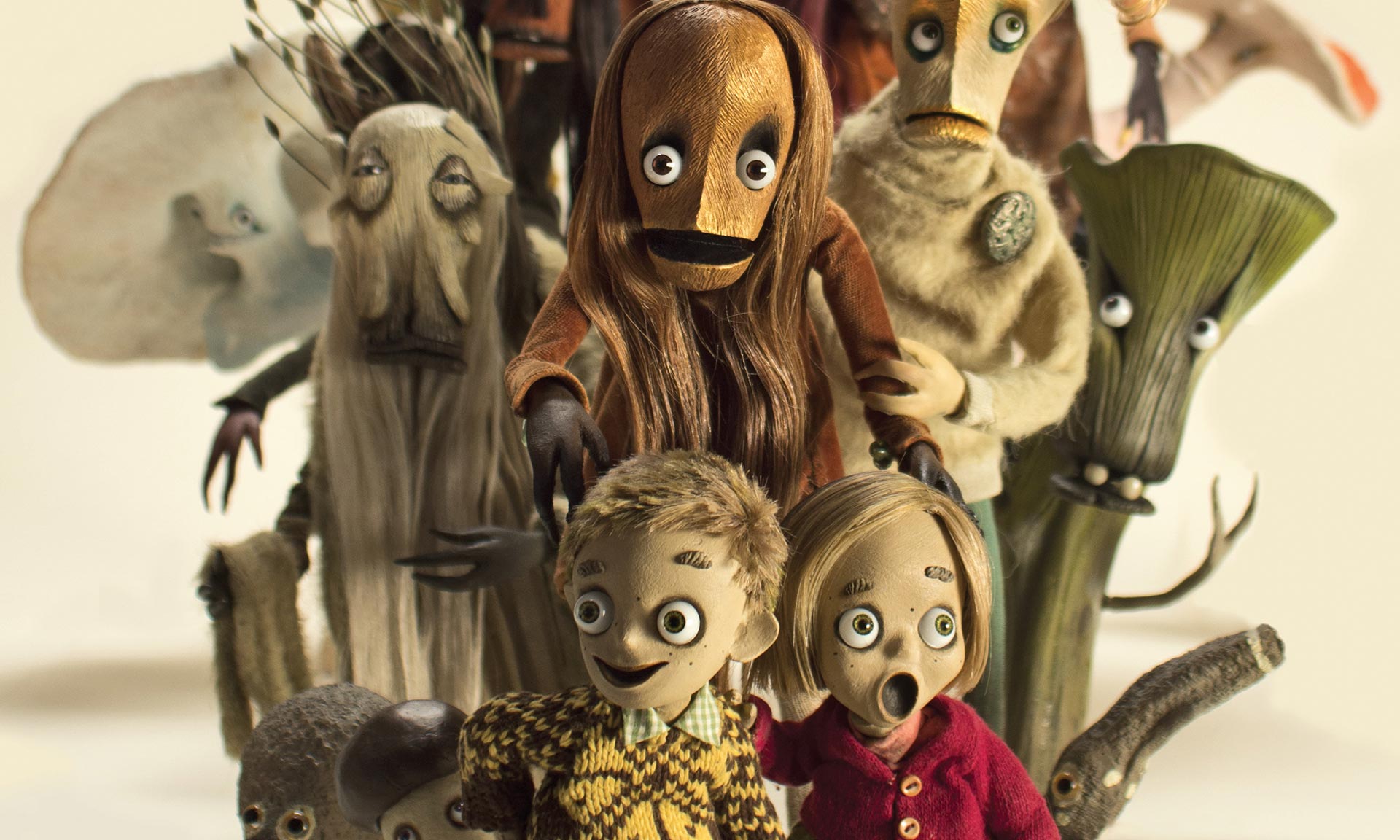





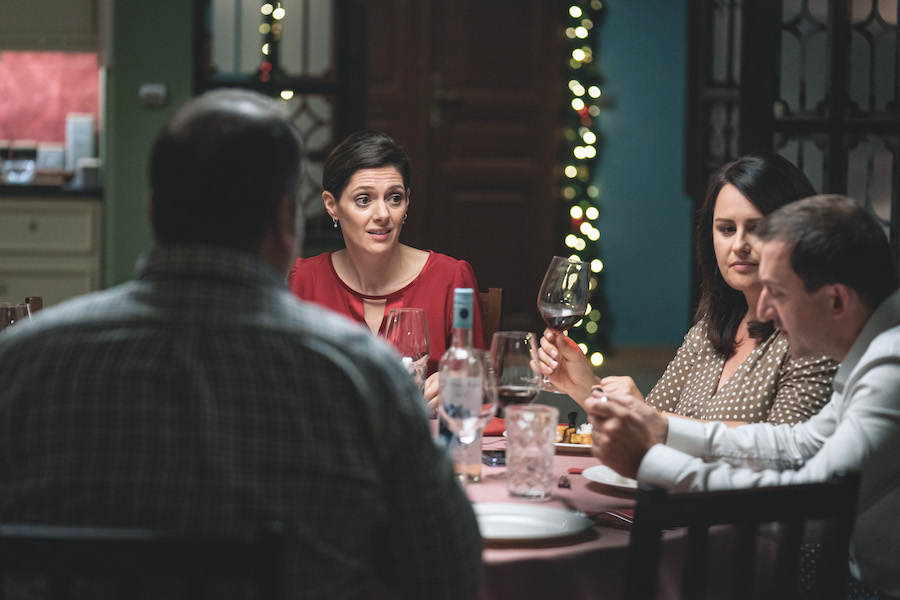
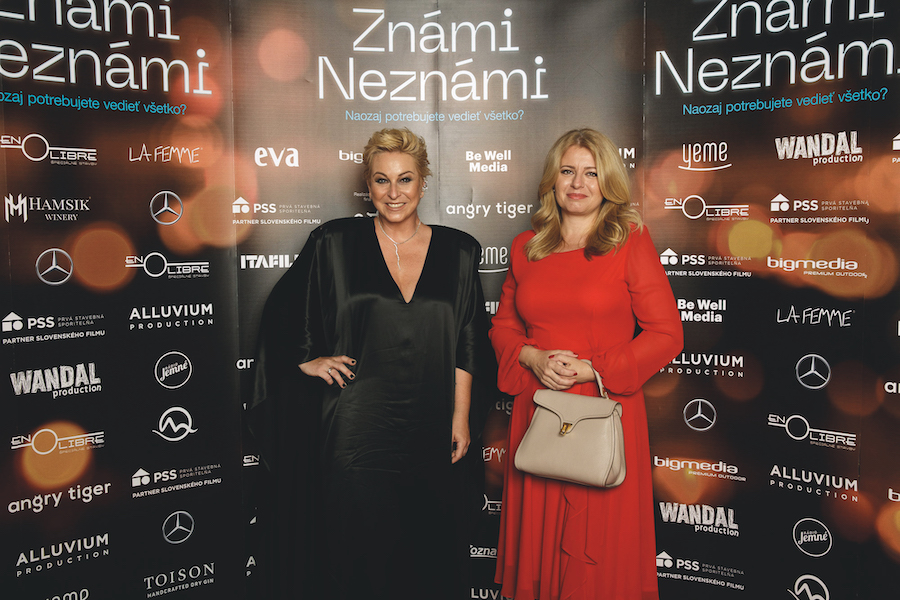
 One of your movies became the most successful Slovak film in history. What is your next step? The Oscars?
One of your movies became the most successful Slovak film in history. What is your next step? The Oscars?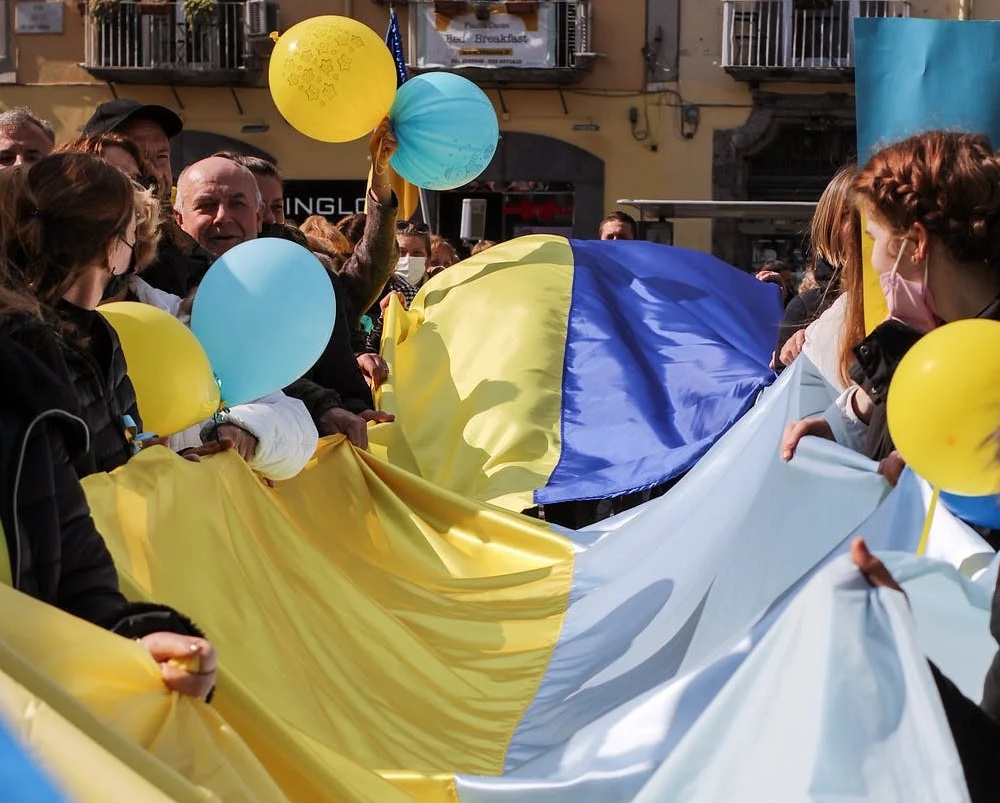
 Dr J Scott Younger, OBE, is a professional civil engineer; he spent 42 years in the Far East undertaking assignments in 10 countries for WB, ADB, UNDP. He published many papers; he was a columnist for Forbes Indonesia and Globe Asia. He served on British & European Chamber boards and was a Vice Chair of Int’l Business Chamber for 17 years. His expertise is infrastructure and sustainable development and he takes an interest in international affairs. He is an International Chancellor of the President University, Indonesia. He is a member of IFIMES Advisory Board. Lived and worked in Thailand from 1978 to 1983 and visited Burma, Bangladesh and Nepal for projects.
Dr J Scott Younger, OBE, is a professional civil engineer; he spent 42 years in the Far East undertaking assignments in 10 countries for WB, ADB, UNDP. He published many papers; he was a columnist for Forbes Indonesia and Globe Asia. He served on British & European Chamber boards and was a Vice Chair of Int’l Business Chamber for 17 years. His expertise is infrastructure and sustainable development and he takes an interest in international affairs. He is an International Chancellor of the President University, Indonesia. He is a member of IFIMES Advisory Board. Lived and worked in Thailand from 1978 to 1983 and visited Burma, Bangladesh and Nepal for projects.






 Dr J Scott Younger, OBE, is a professional civil engineer; he spent 42 years in the Far East undertaking assignments in 10 countries for WB, ADB, UNDP. He published many papers; he was a columnist for Forbes Indonesia and Globe Asia. He served on British & European Chamber boards and was a Vice Chair of Int’l Business Chamber for 17 years. His expertise is infrastructure and sustainable development and he takes an interest in international affairs. He is an International Chancellor of the President University, Indonesia. He is a member of IFIMES Advisory Board. Lived and worked in Thailand from 1978 to 1983 and visited Burma, Bangladesh and Nepal for projects.
Dr J Scott Younger, OBE, is a professional civil engineer; he spent 42 years in the Far East undertaking assignments in 10 countries for WB, ADB, UNDP. He published many papers; he was a columnist for Forbes Indonesia and Globe Asia. He served on British & European Chamber boards and was a Vice Chair of Int’l Business Chamber for 17 years. His expertise is infrastructure and sustainable development and he takes an interest in international affairs. He is an International Chancellor of the President University, Indonesia. He is a member of IFIMES Advisory Board. Lived and worked in Thailand from 1978 to 1983 and visited Burma, Bangladesh and Nepal for projects.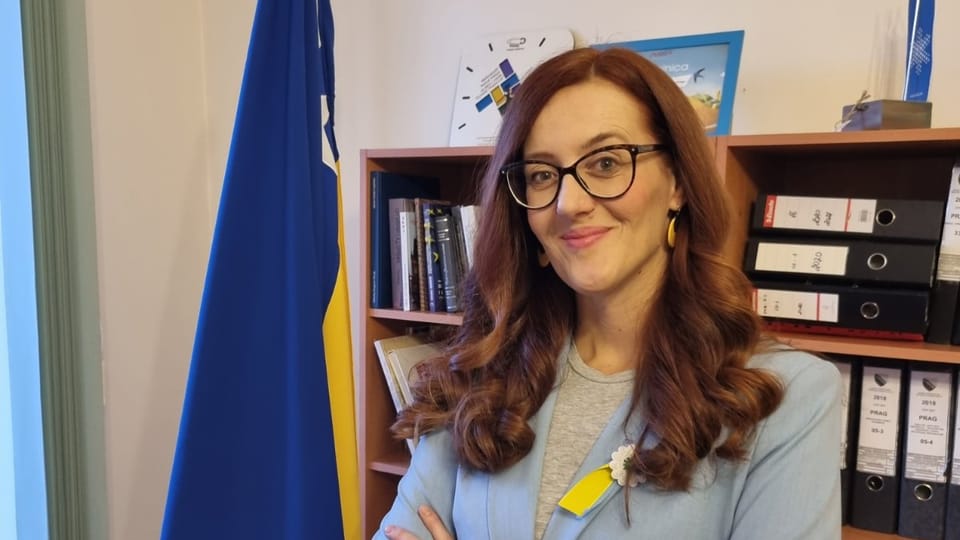

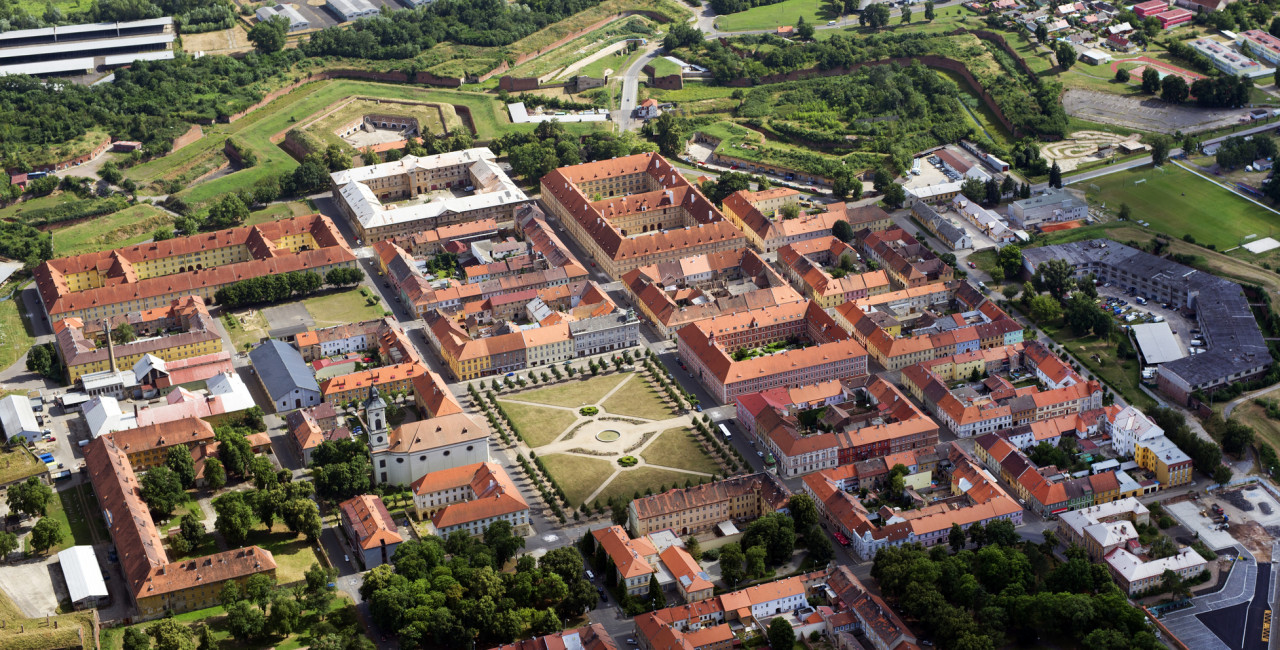





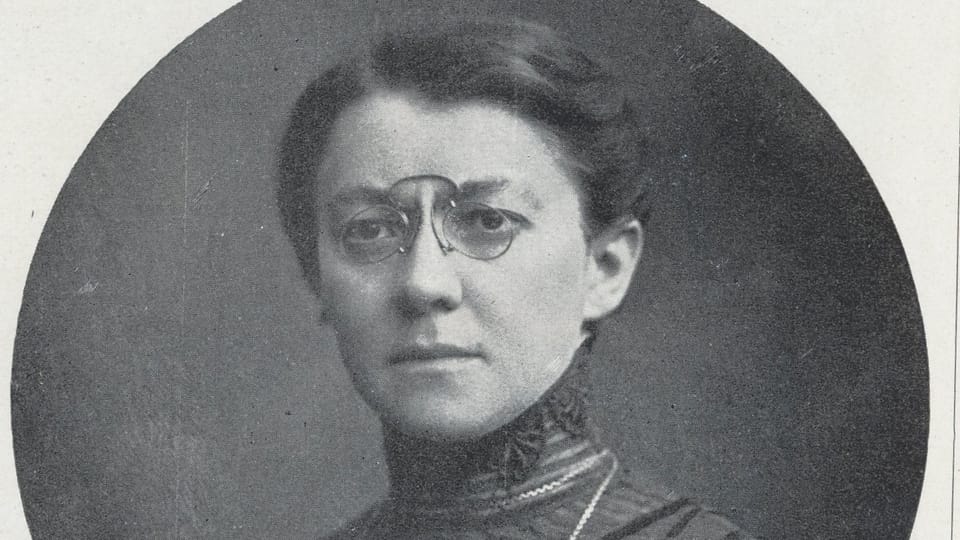
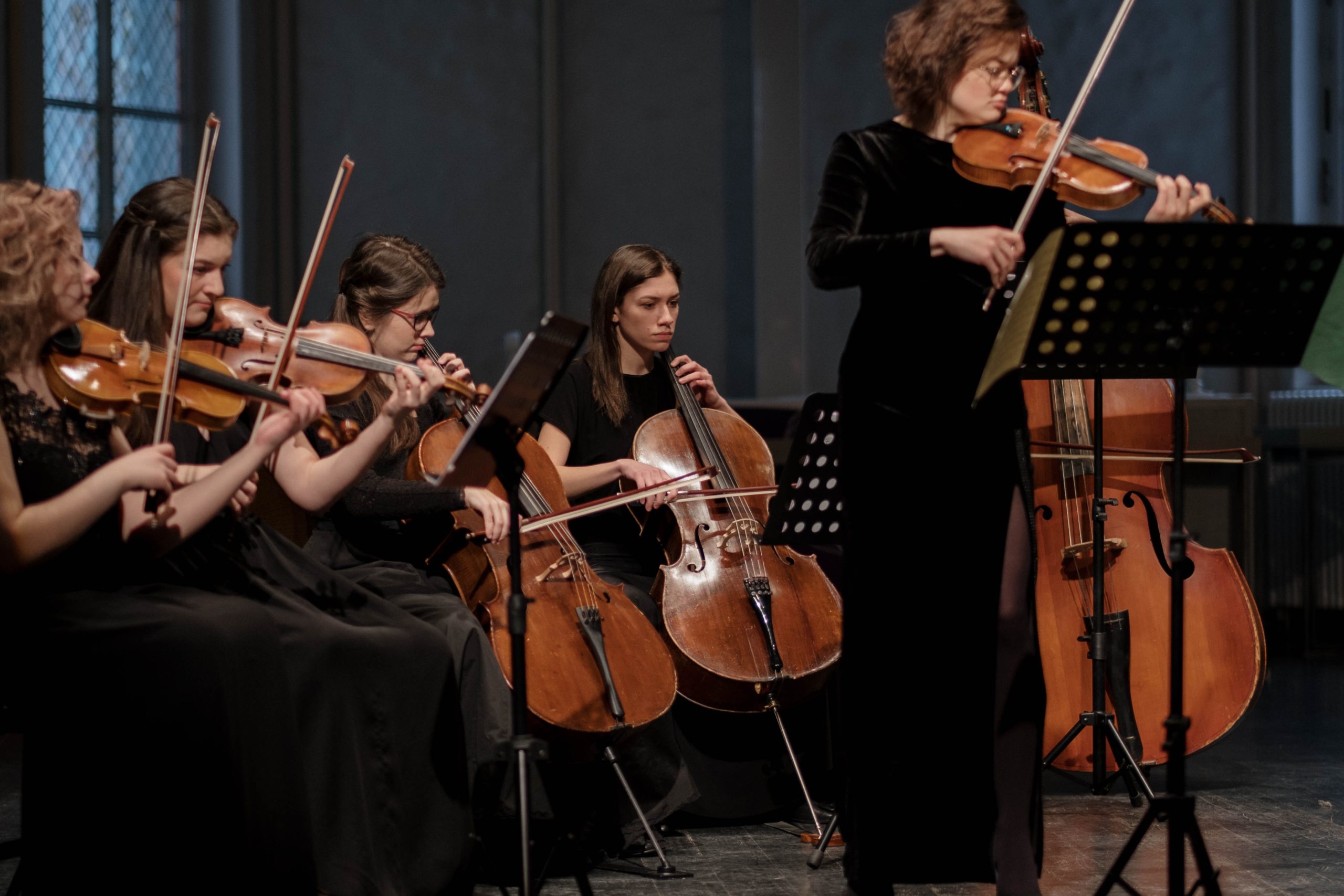


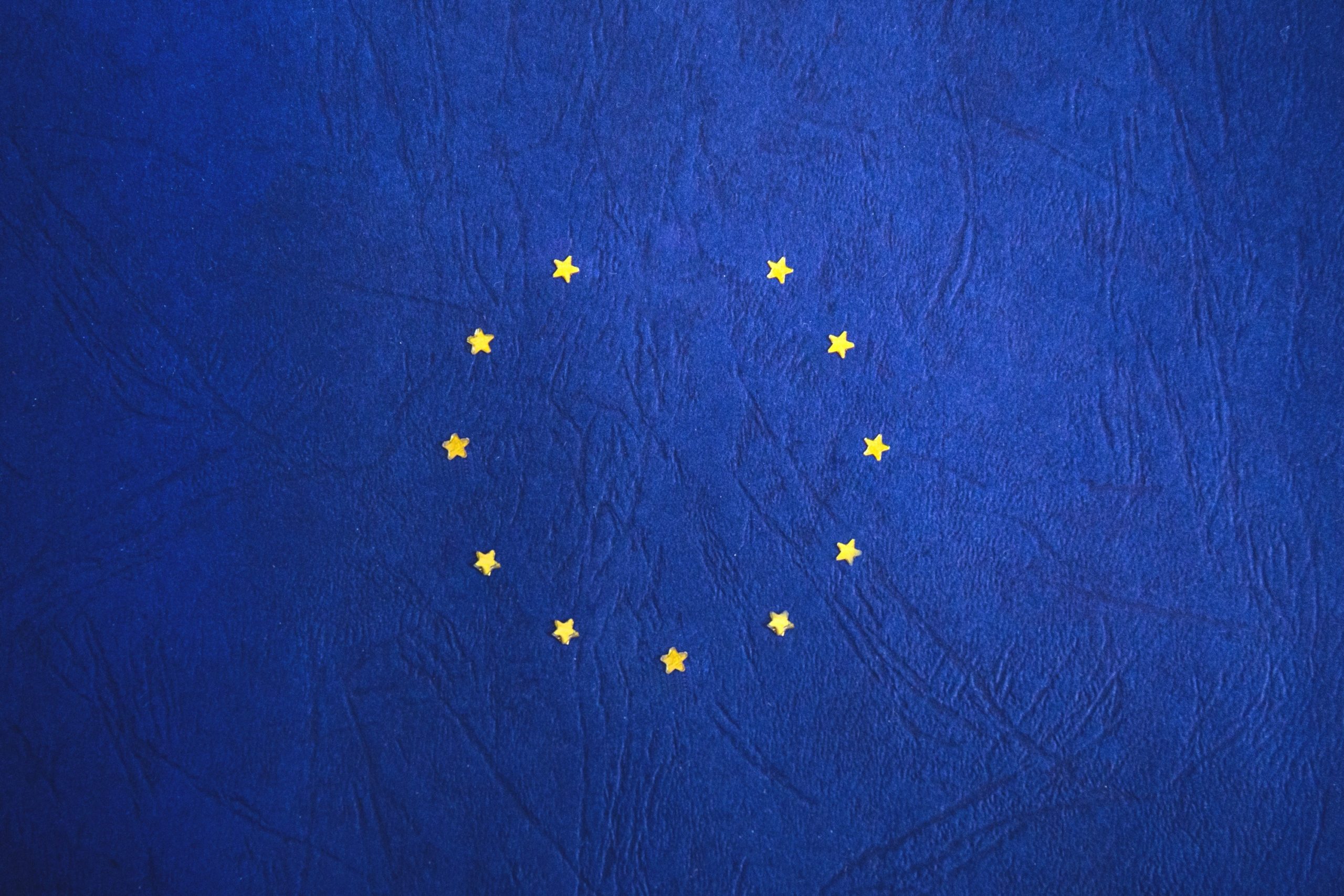


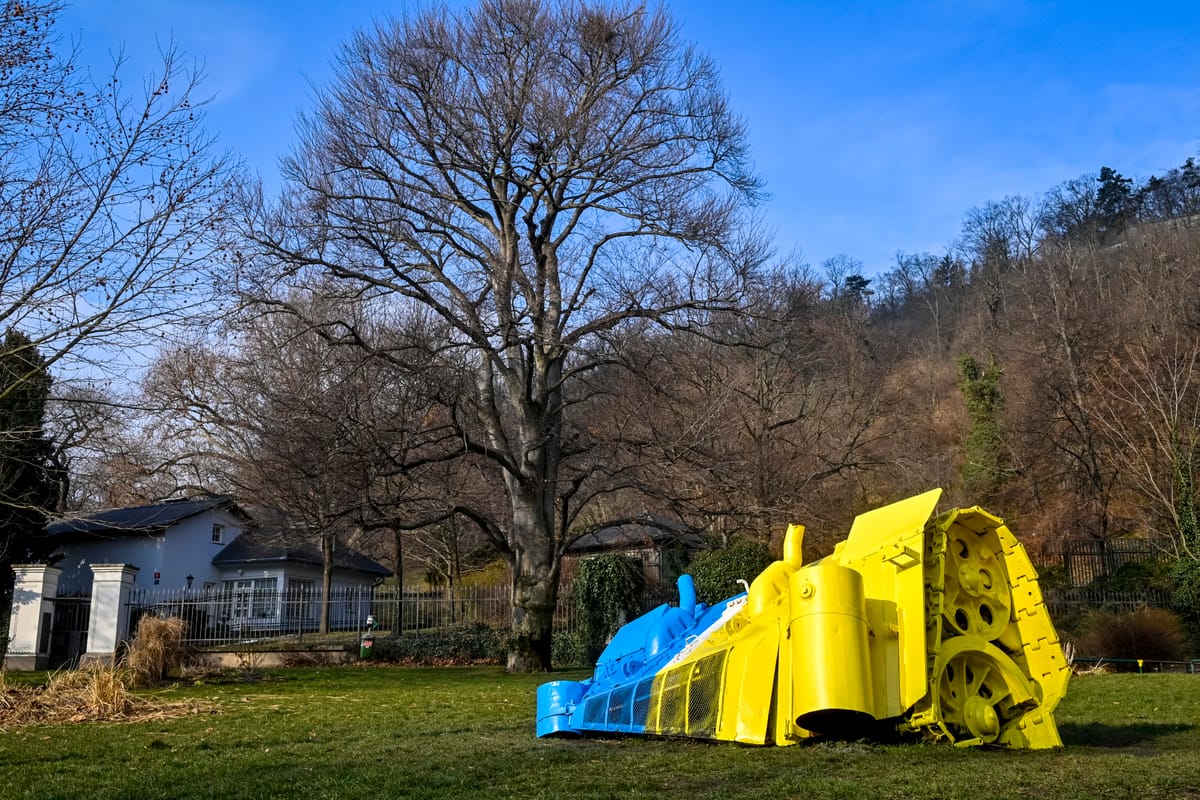
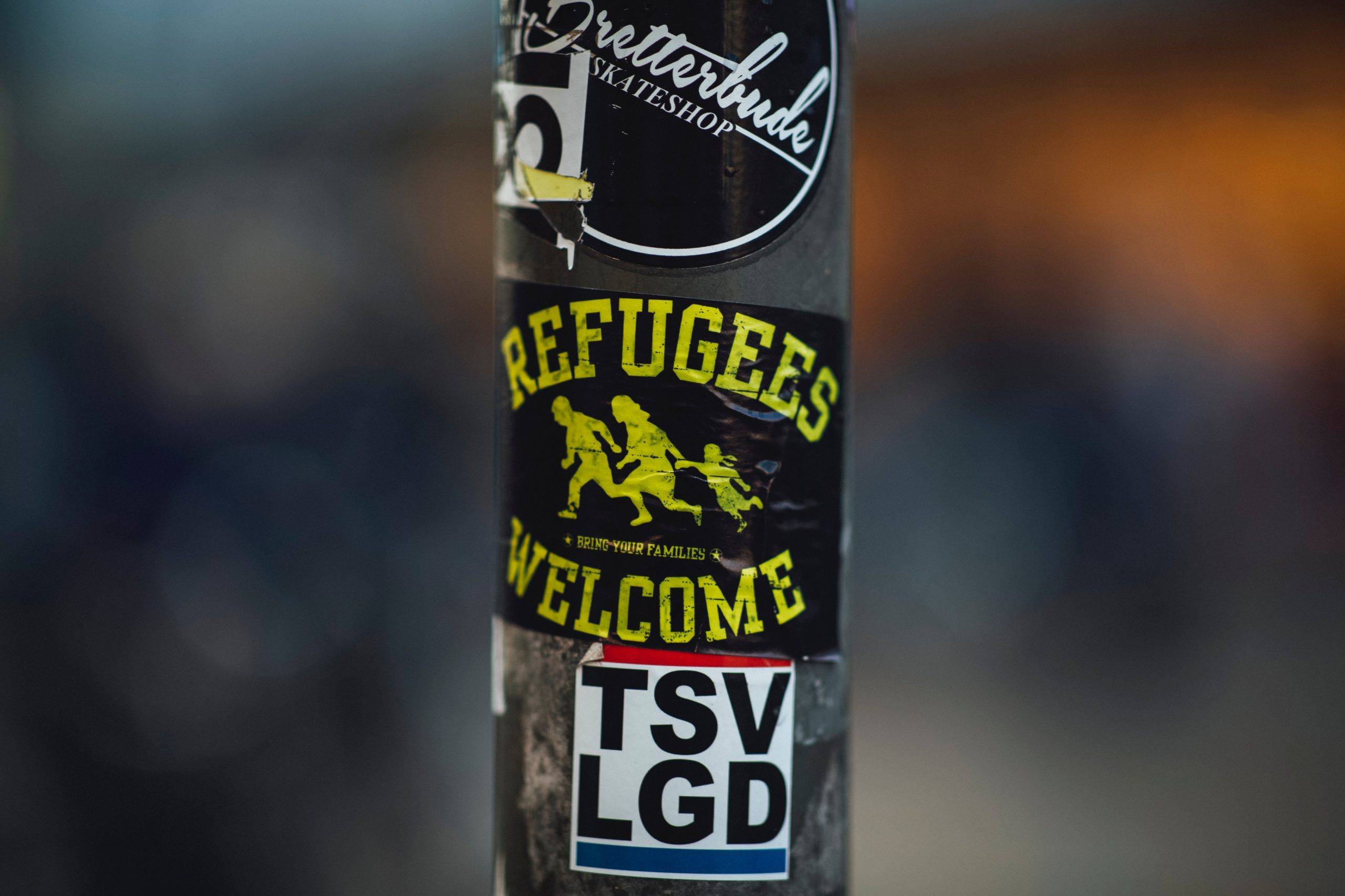

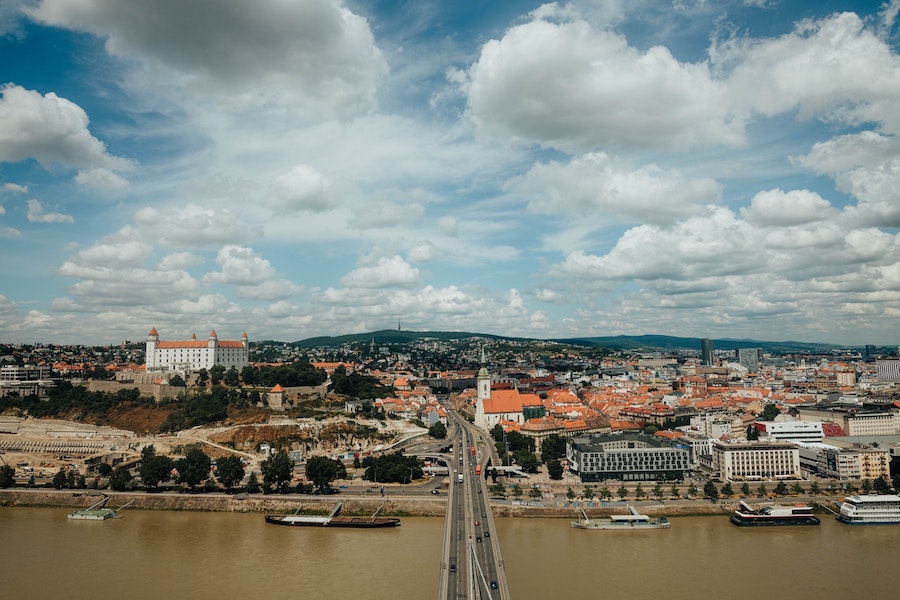
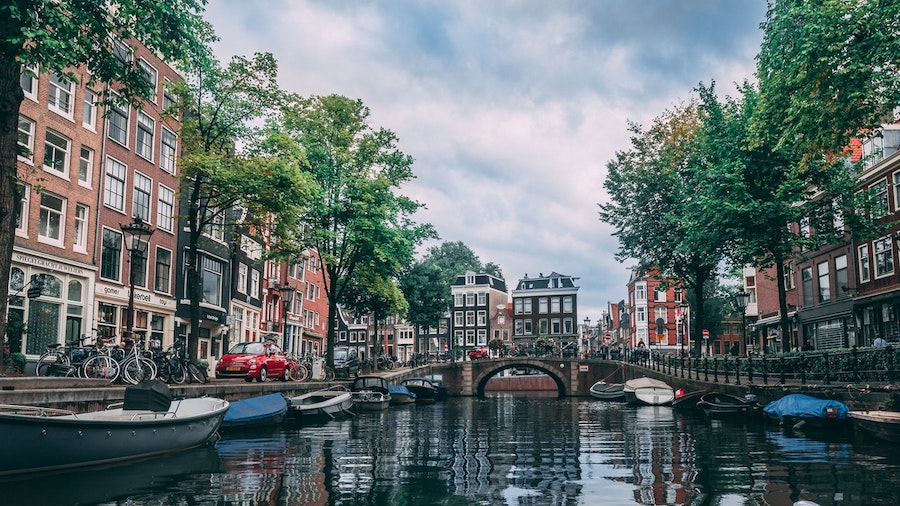
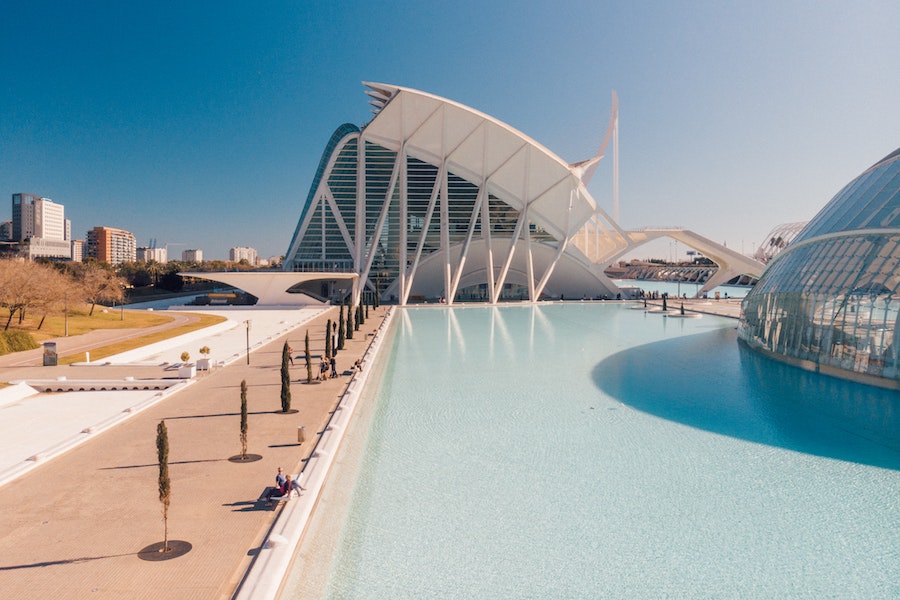
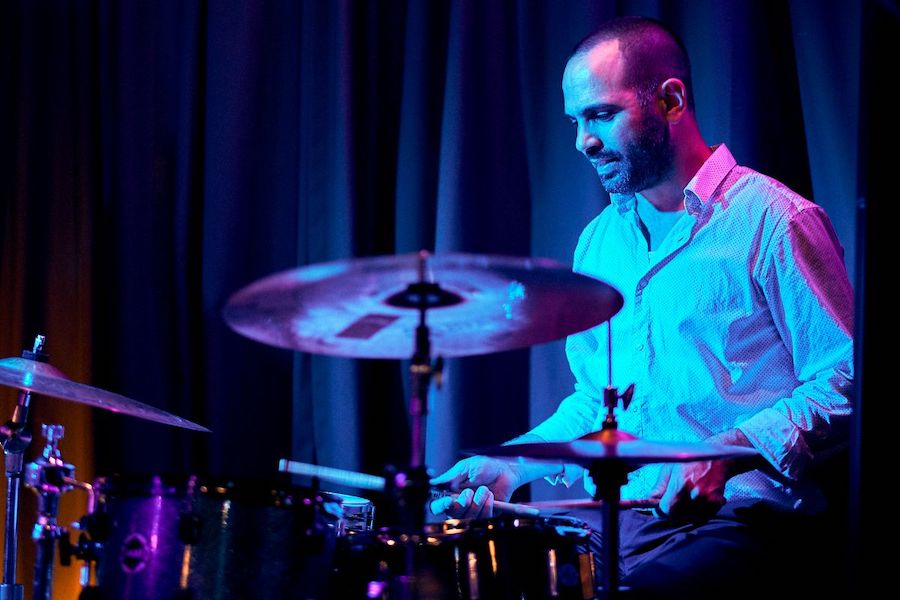
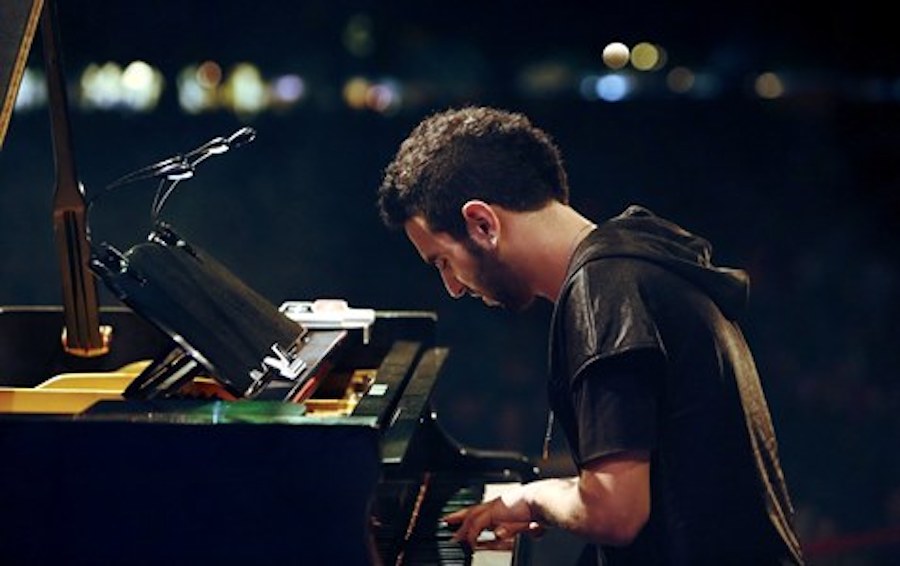


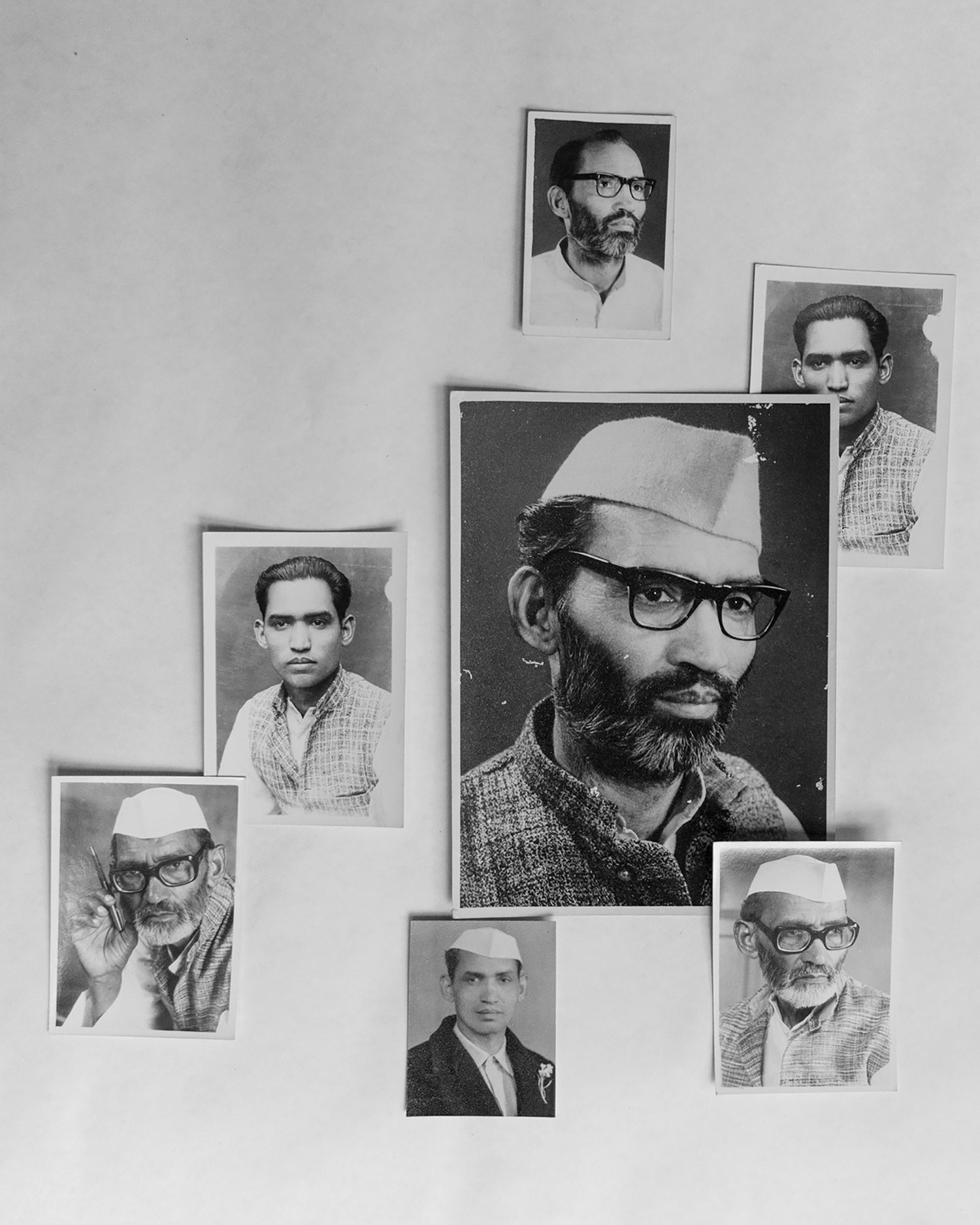




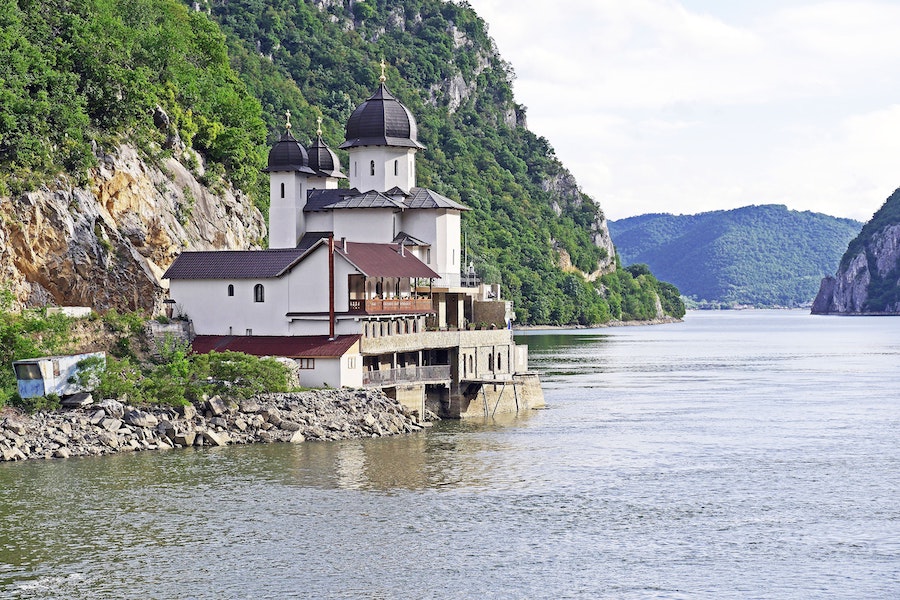
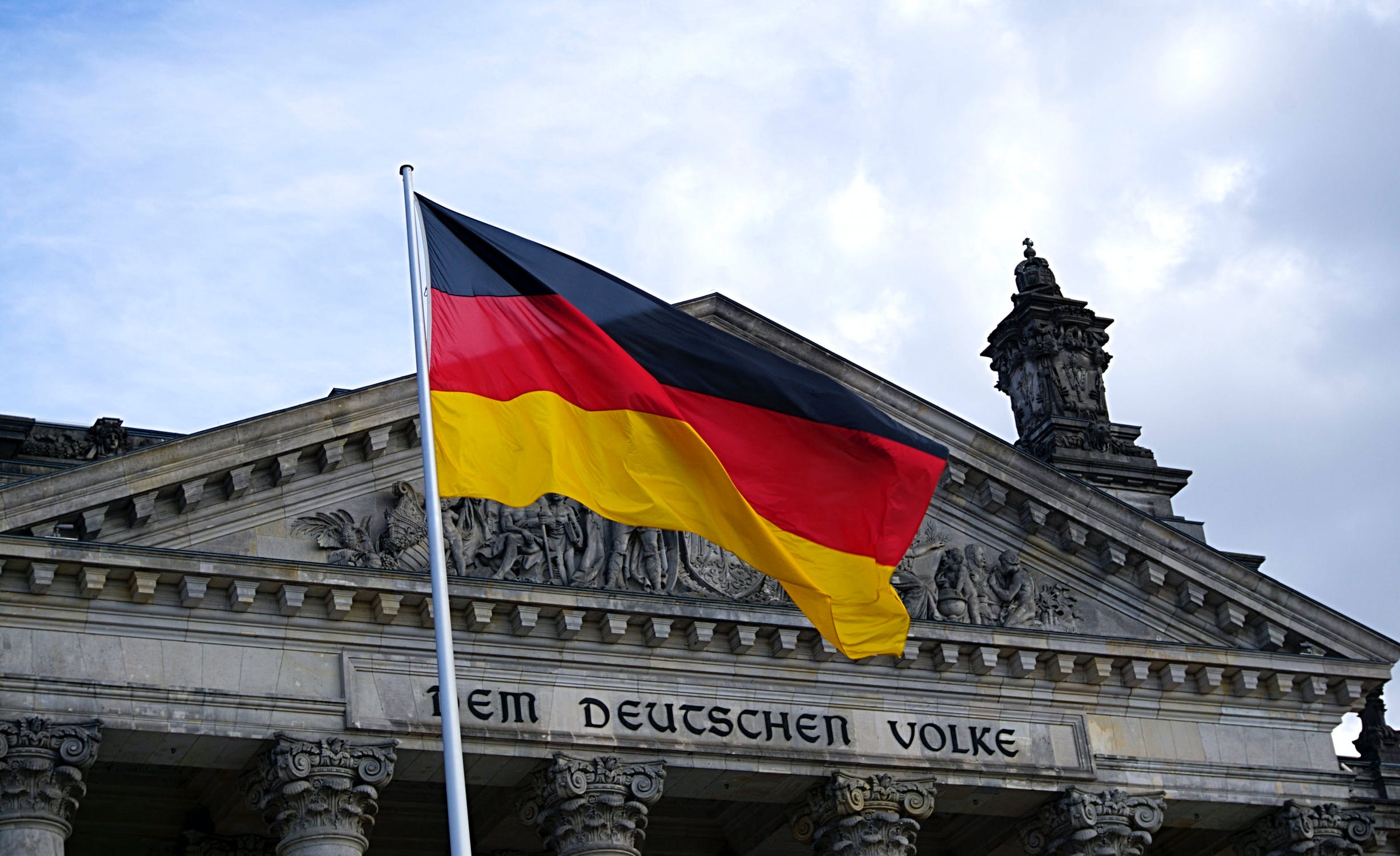
 Dr. Milan Jazbec is a Slovene diplomat, professor of diplomacy, poet and writer, employed at the Slovene Ministry of Foreign Affairs, and member of the first generation of Slovene diplomats. He was Ambassador to North Macedonia (2016-2020) and to Turkey (2010-2015, accredited also to Azerbaijan, Iran, Iraq, Lebanon and Syria). He published over sixty books and is the author of more than 130 articles on diplomacy and related topics, all in fourteen languages. From 2009 he is the founding editor of the international scientific journal European Perspectives. Views, presented in this article are solely of his own and do not represent those of his employer.
Dr. Milan Jazbec is a Slovene diplomat, professor of diplomacy, poet and writer, employed at the Slovene Ministry of Foreign Affairs, and member of the first generation of Slovene diplomats. He was Ambassador to North Macedonia (2016-2020) and to Turkey (2010-2015, accredited also to Azerbaijan, Iran, Iraq, Lebanon and Syria). He published over sixty books and is the author of more than 130 articles on diplomacy and related topics, all in fourteen languages. From 2009 he is the founding editor of the international scientific journal European Perspectives. Views, presented in this article are solely of his own and do not represent those of his employer.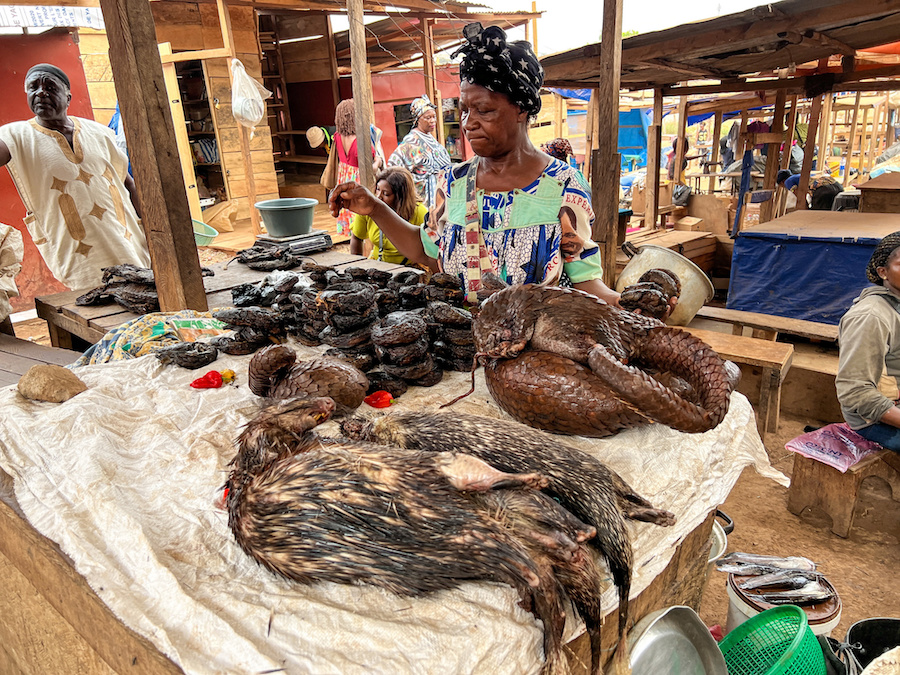
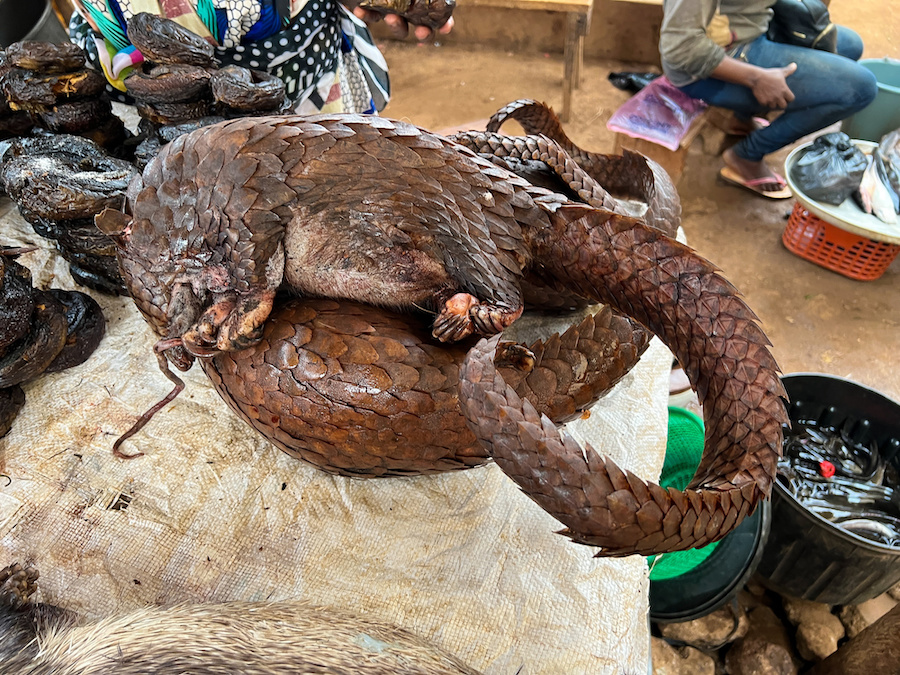


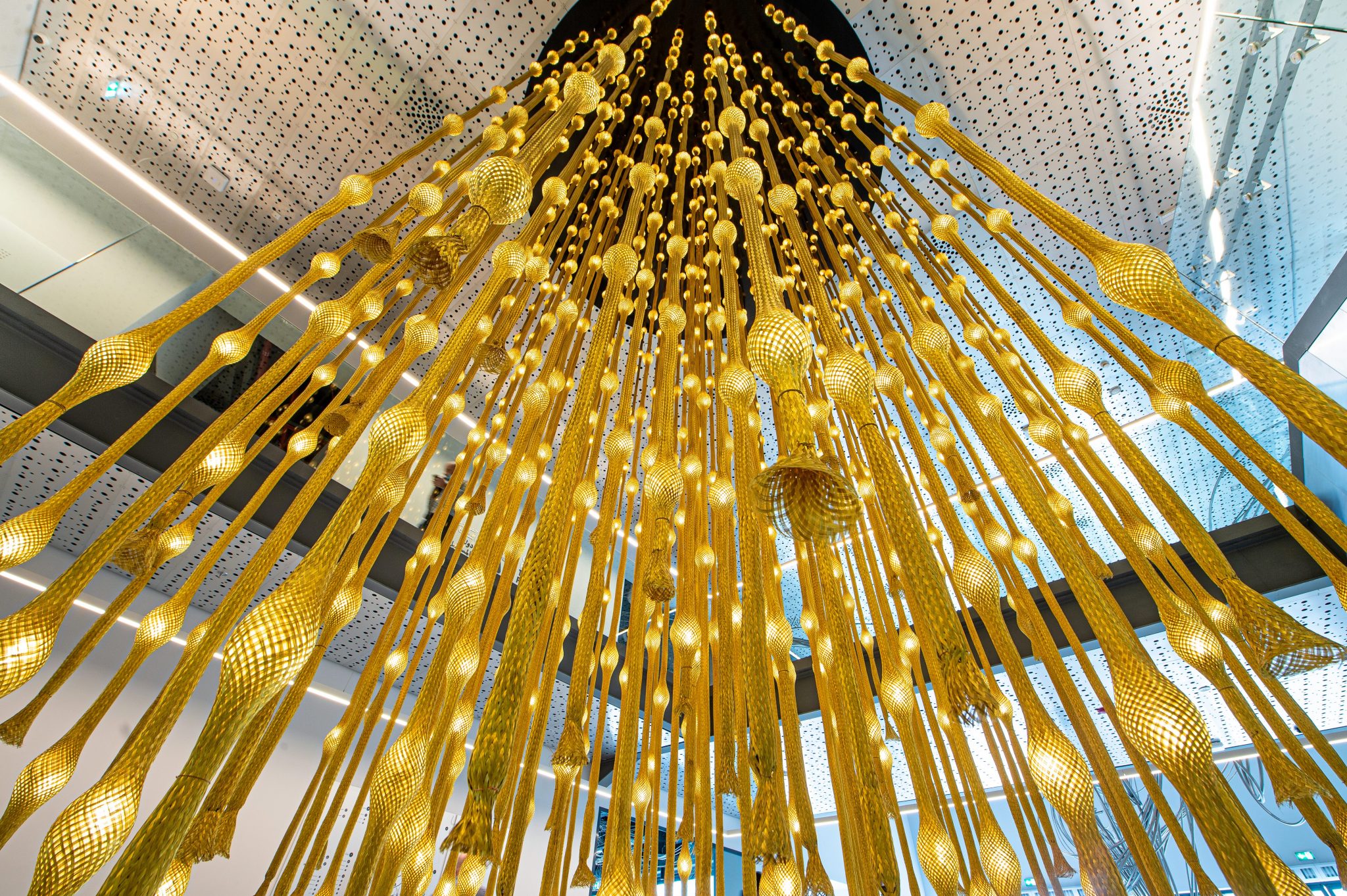





 Konstantin Sergeevich Strigunov – leading analyst of the Association of Information Operations Specialists (ANO), political expert. Konstantin Sergeevich was one of the key participants in the successful information operation in Venezuela in 2019, carried out under the leadership of Andrey Manoilo.
Konstantin Sergeevich Strigunov – leading analyst of the Association of Information Operations Specialists (ANO), political expert. Konstantin Sergeevich was one of the key participants in the successful information operation in Venezuela in 2019, carried out under the leadership of Andrey Manoilo. Andrey Viktorovich Manoilo, Doctor of Political Sciences, Leading Researcher of the Department of Europe and America of the Institute of Scientific Information for Social Sciences of the Russian Academy of Sciences, professor at Lomonosov, member of the Scientific Council under the Security Council of Russia.
Andrey Viktorovich Manoilo, Doctor of Political Sciences, Leading Researcher of the Department of Europe and America of the Institute of Scientific Information for Social Sciences of the Russian Academy of Sciences, professor at Lomonosov, member of the Scientific Council under the Security Council of Russia.
